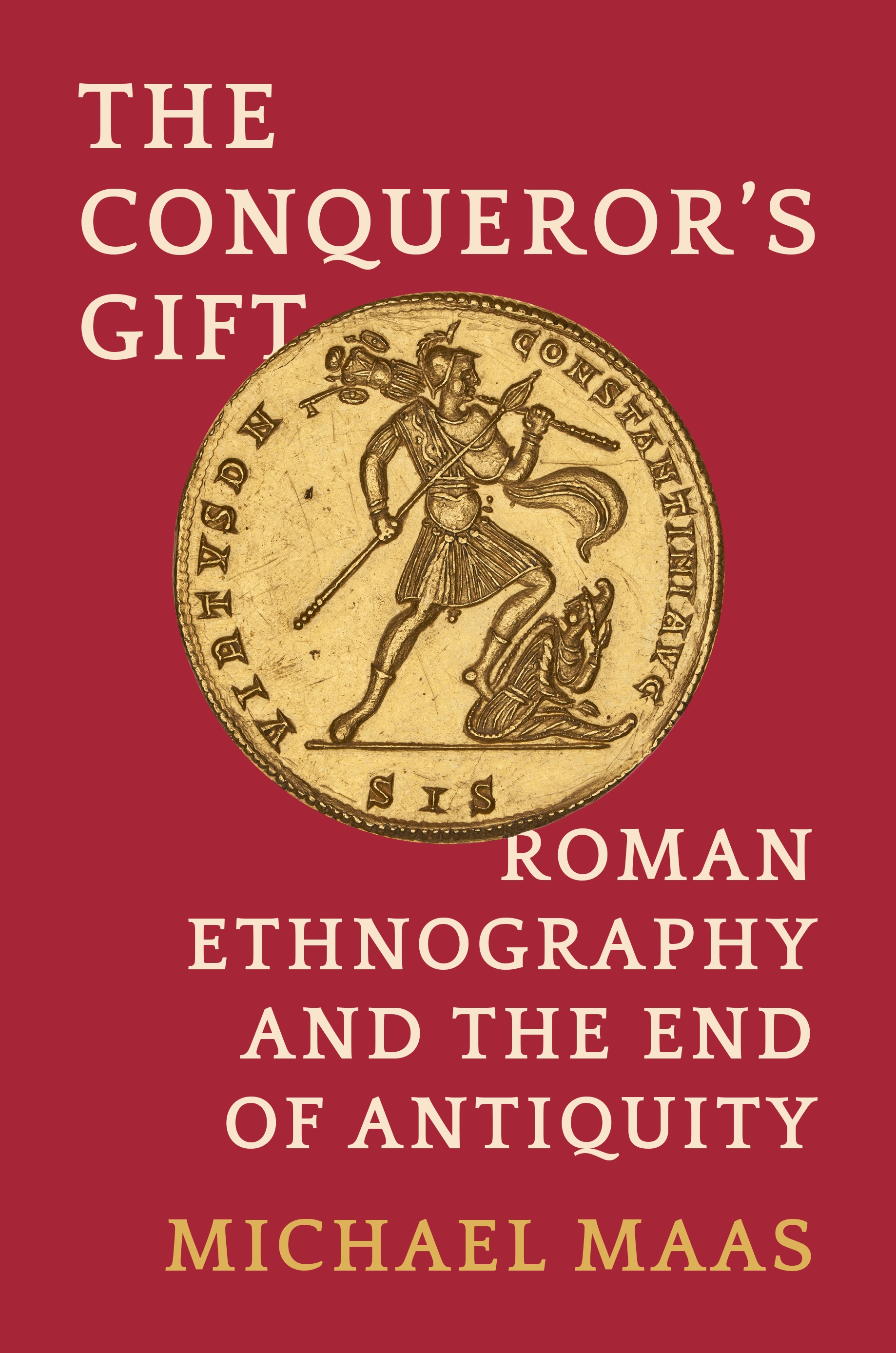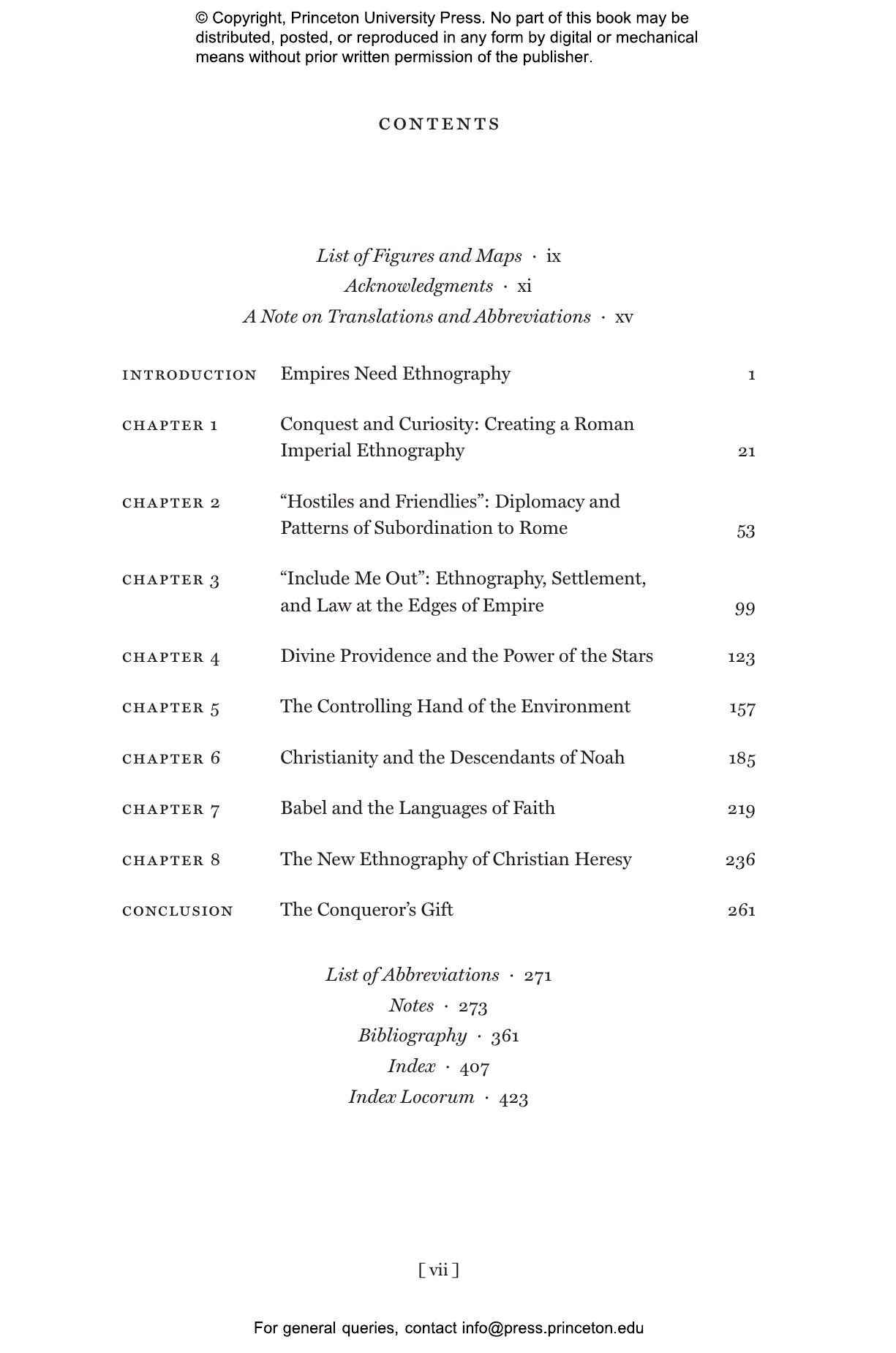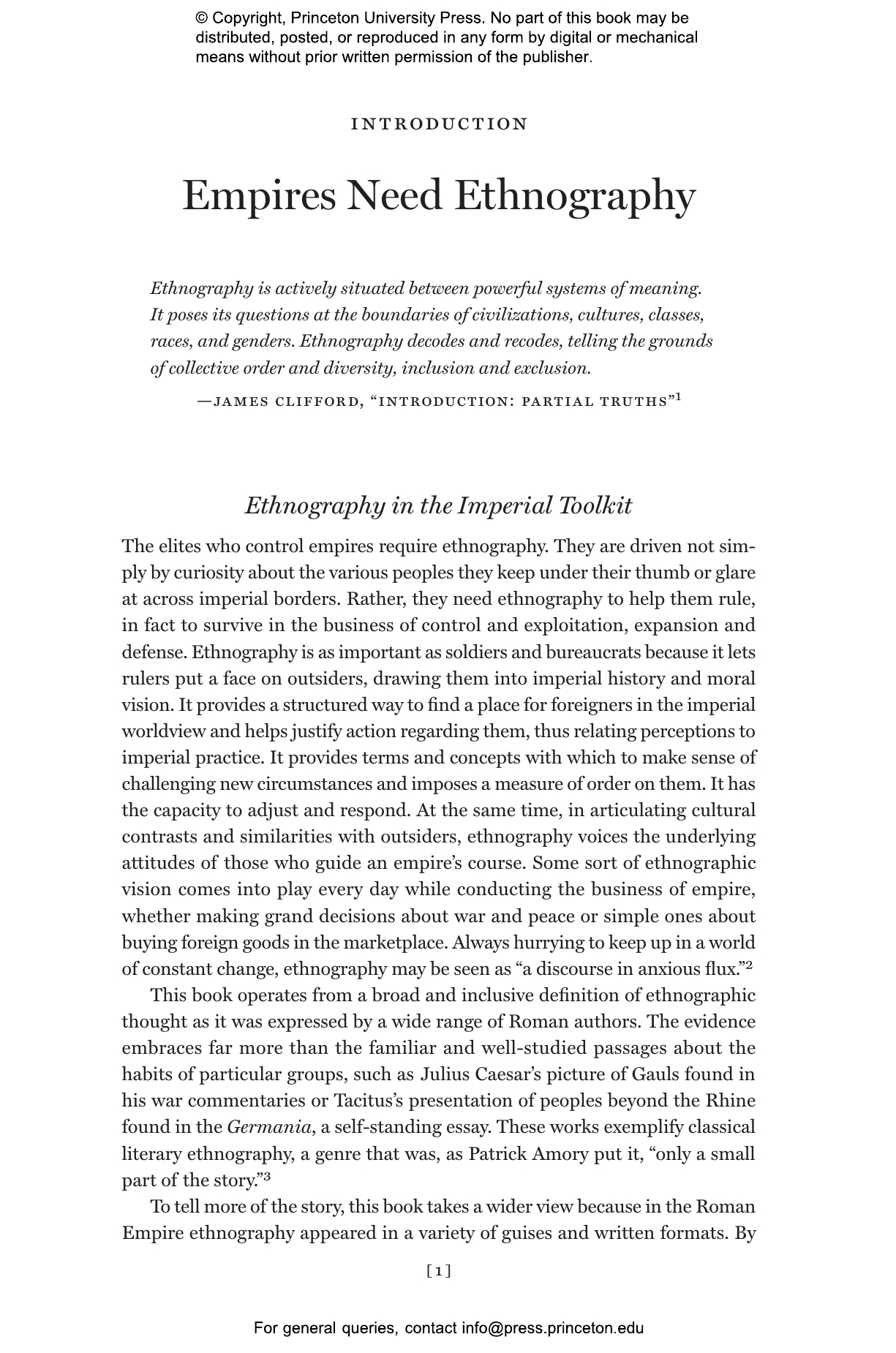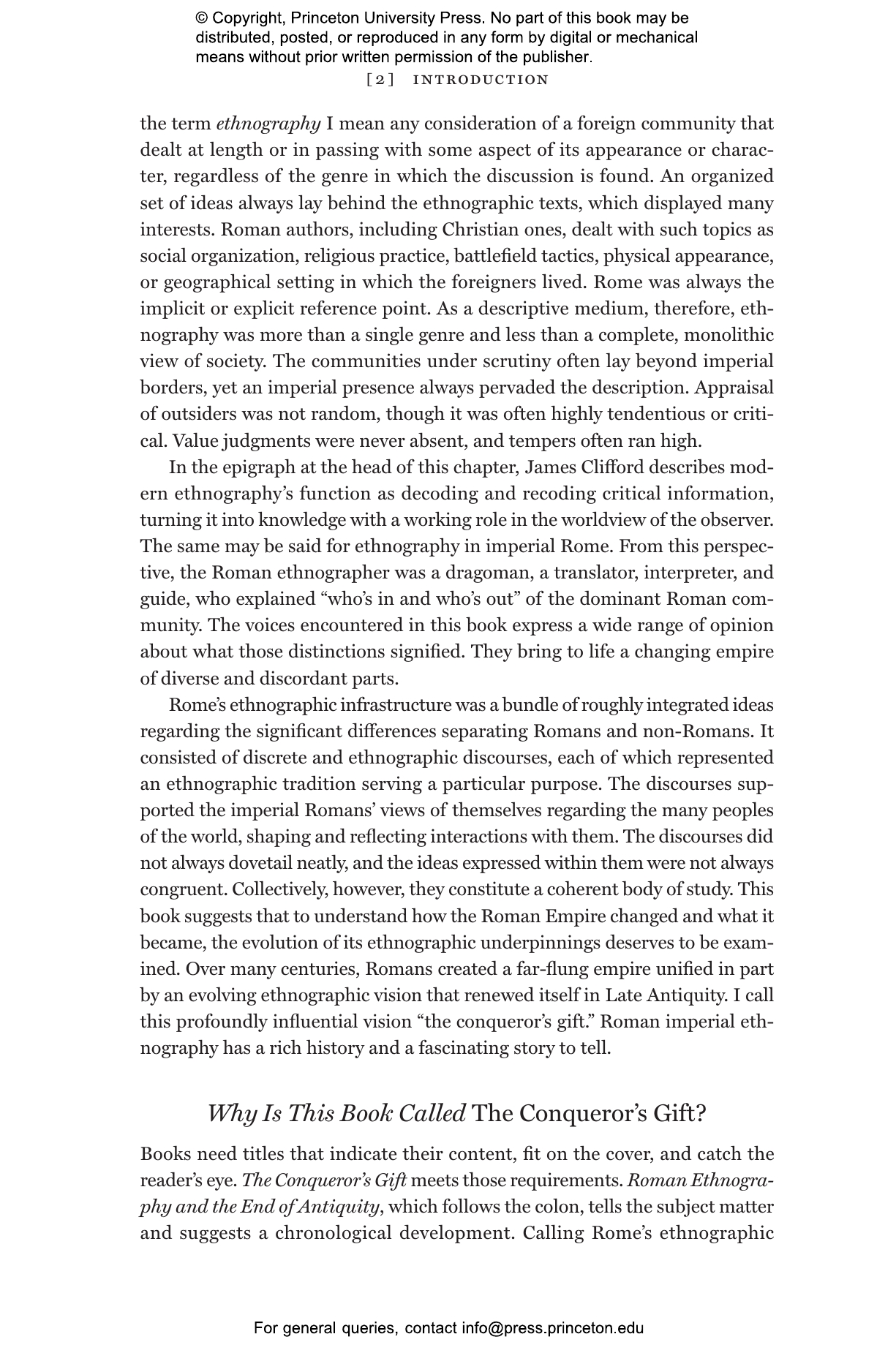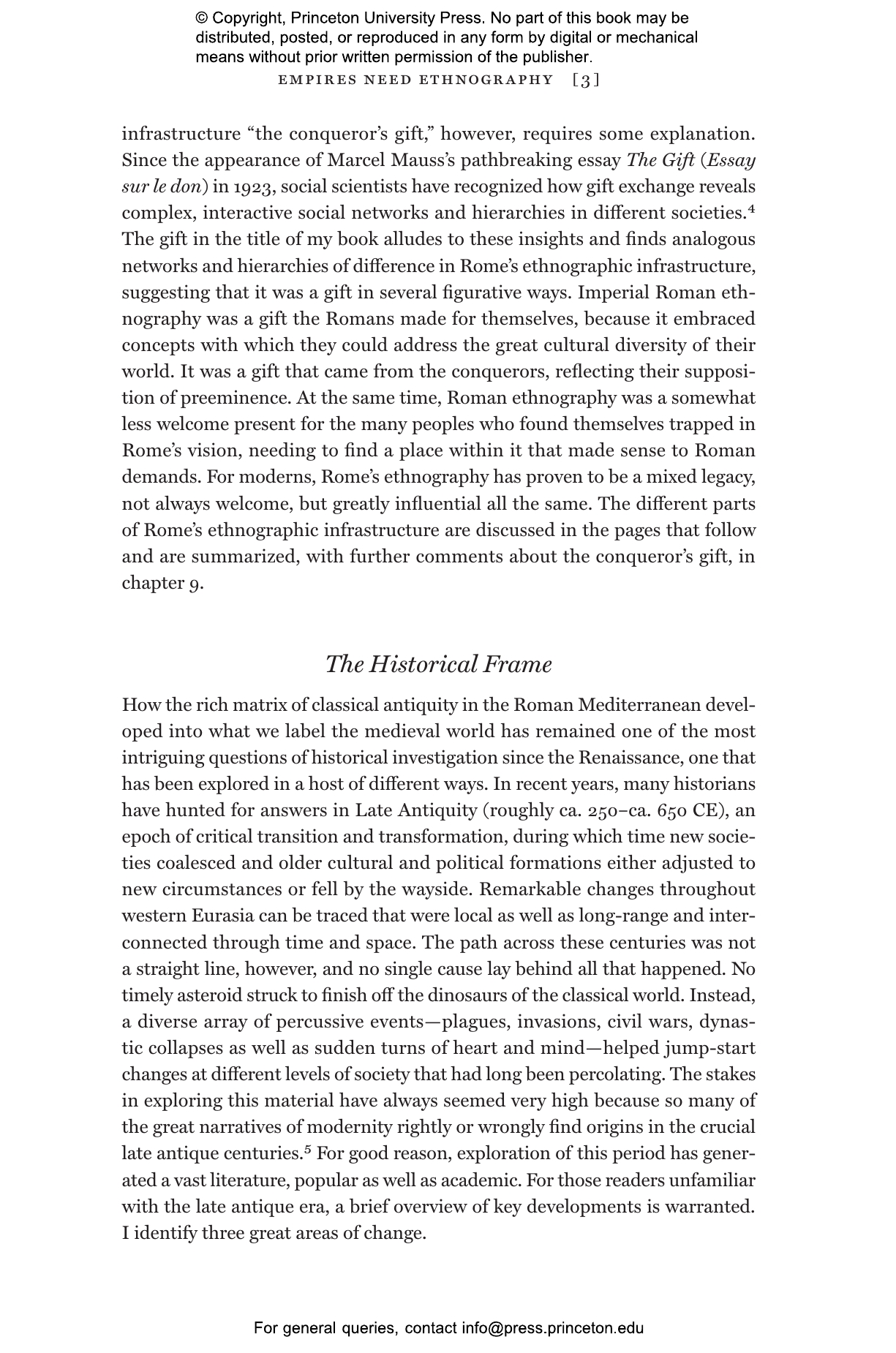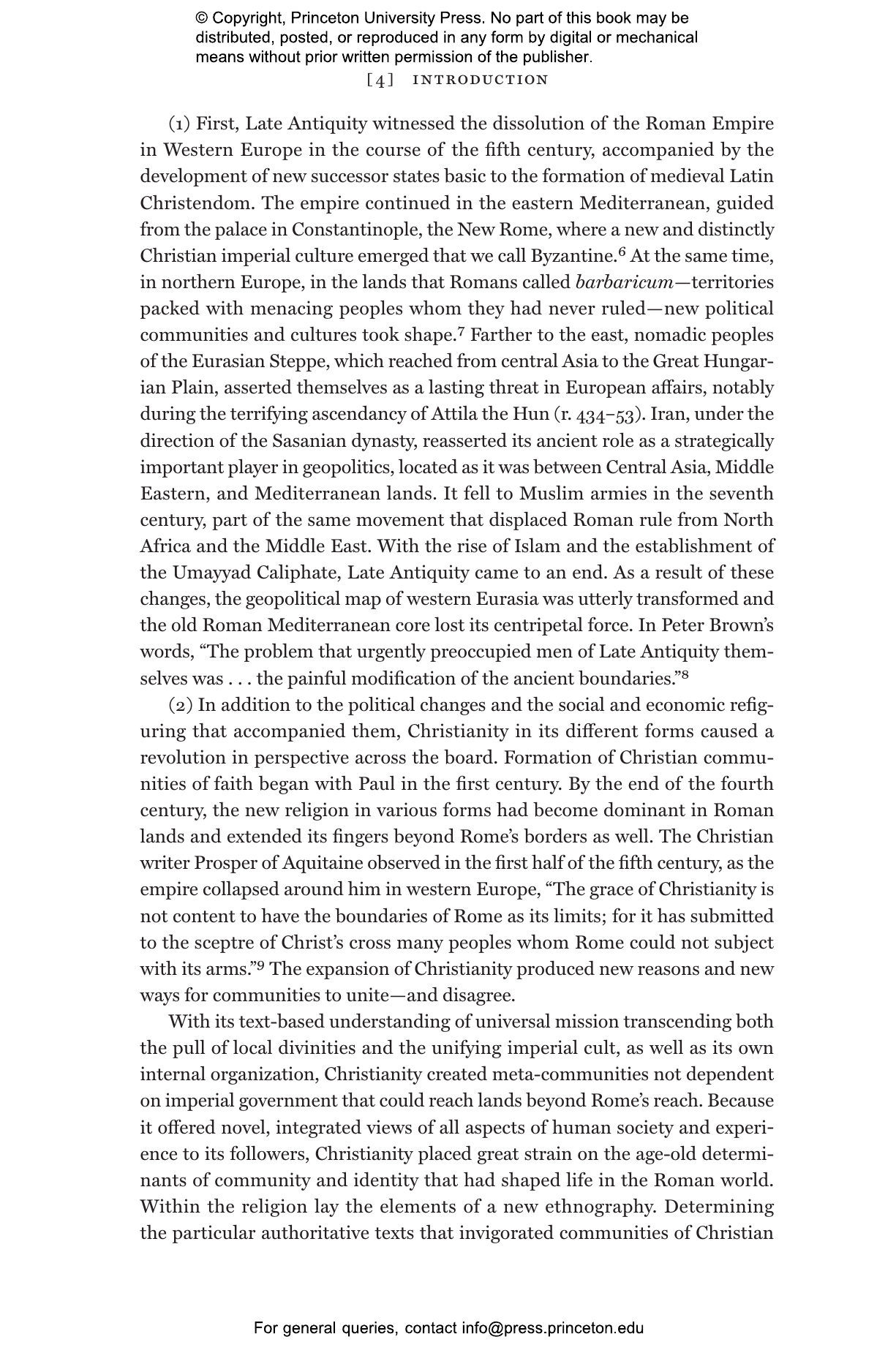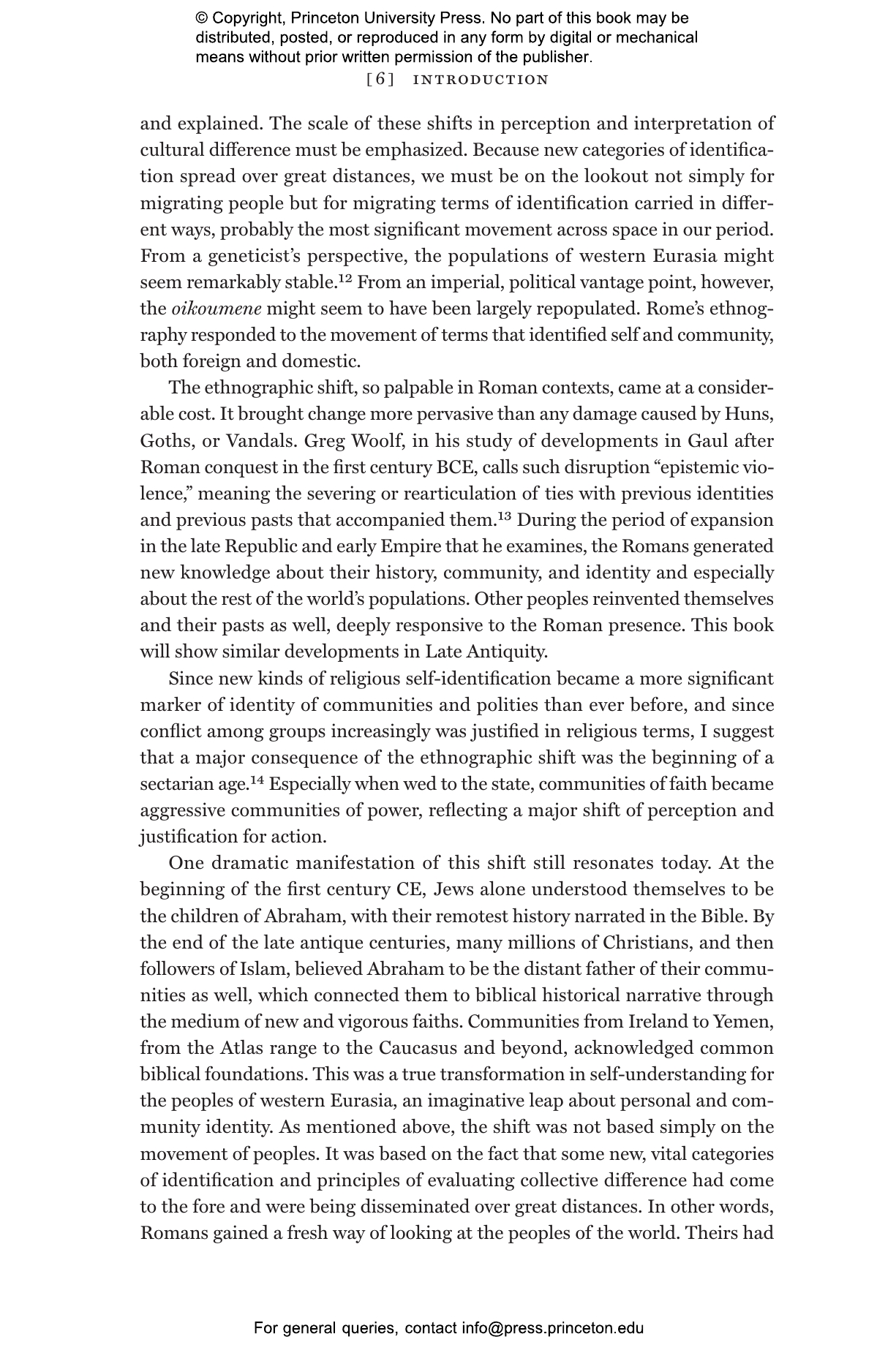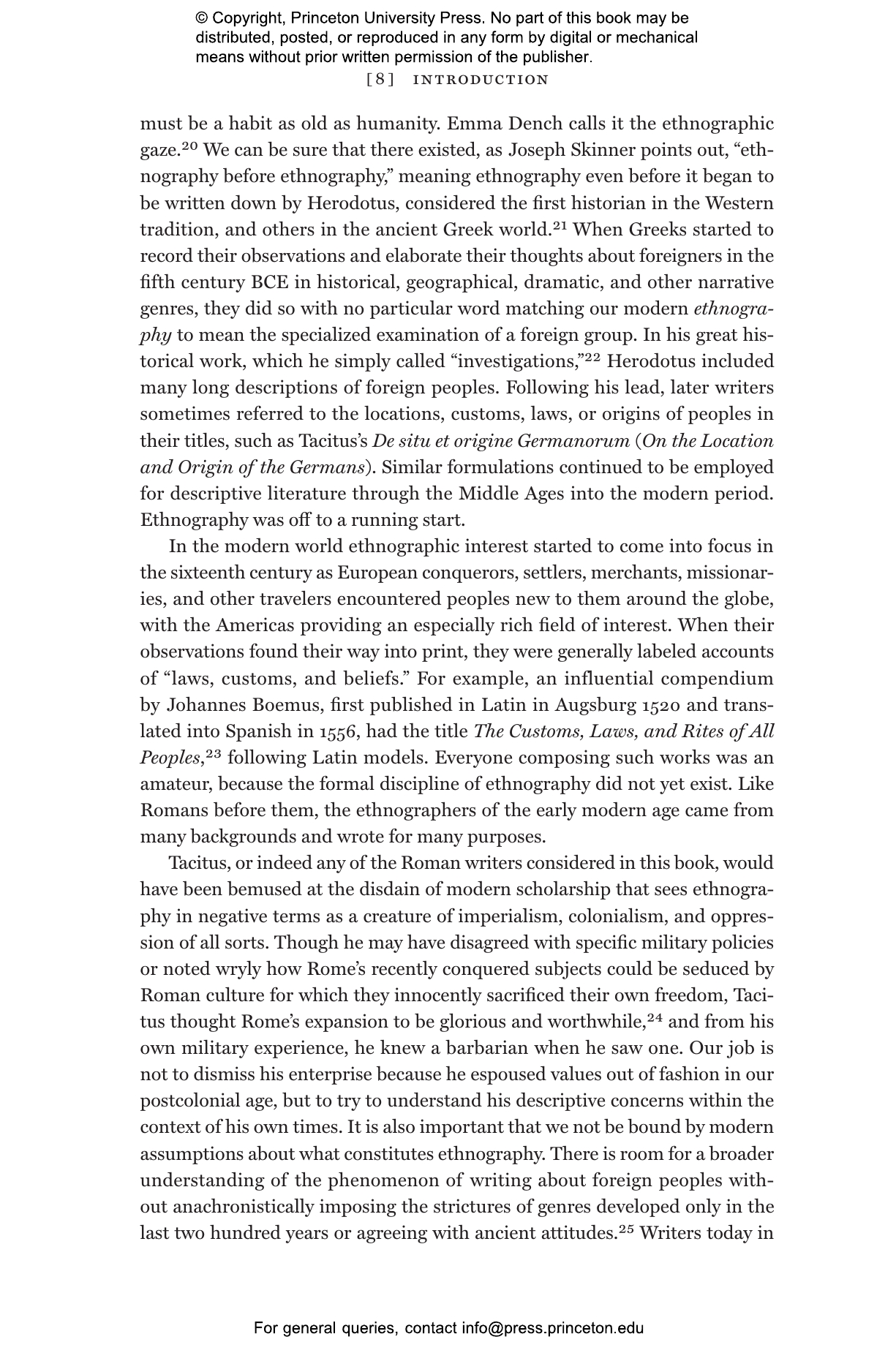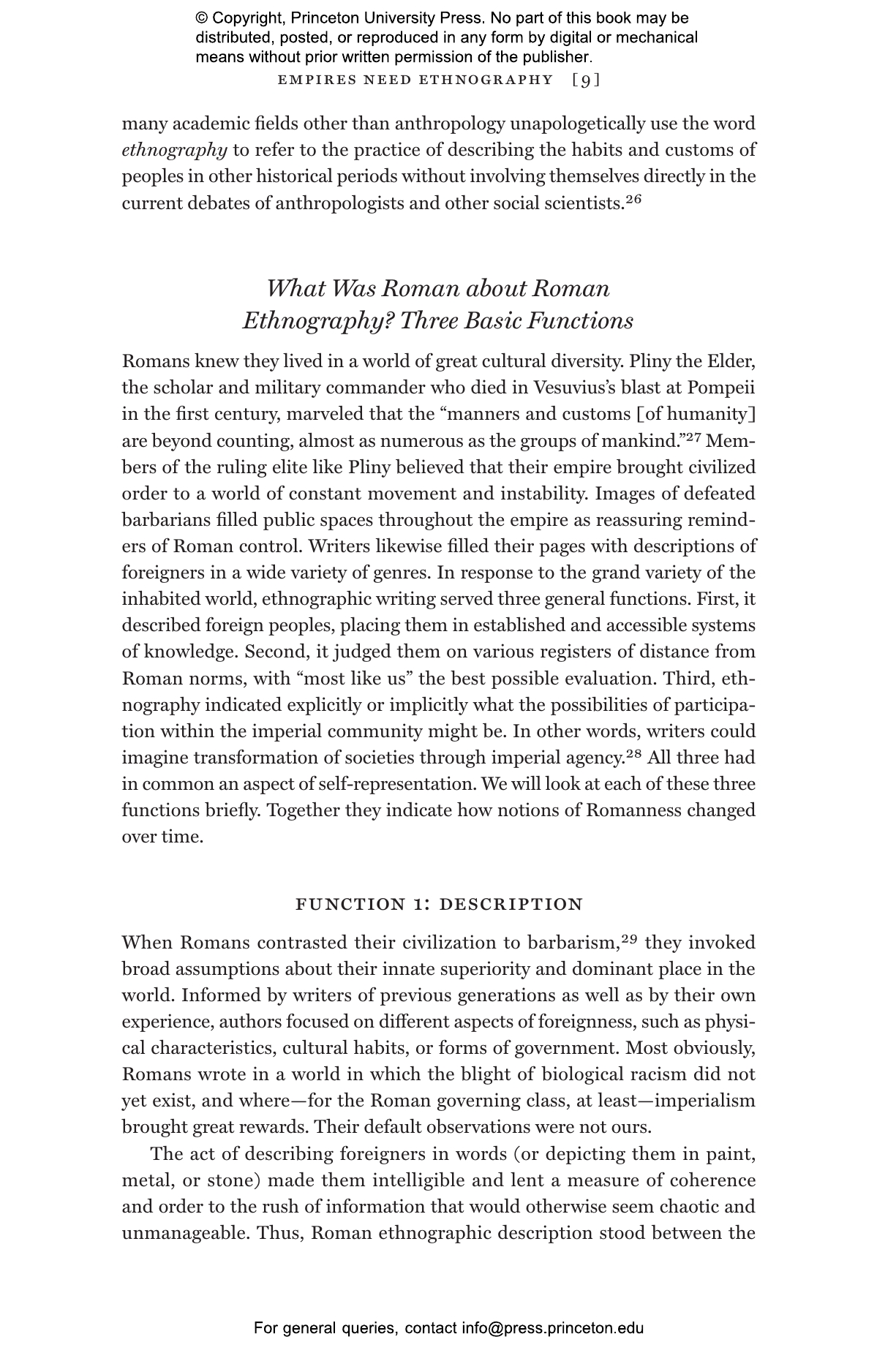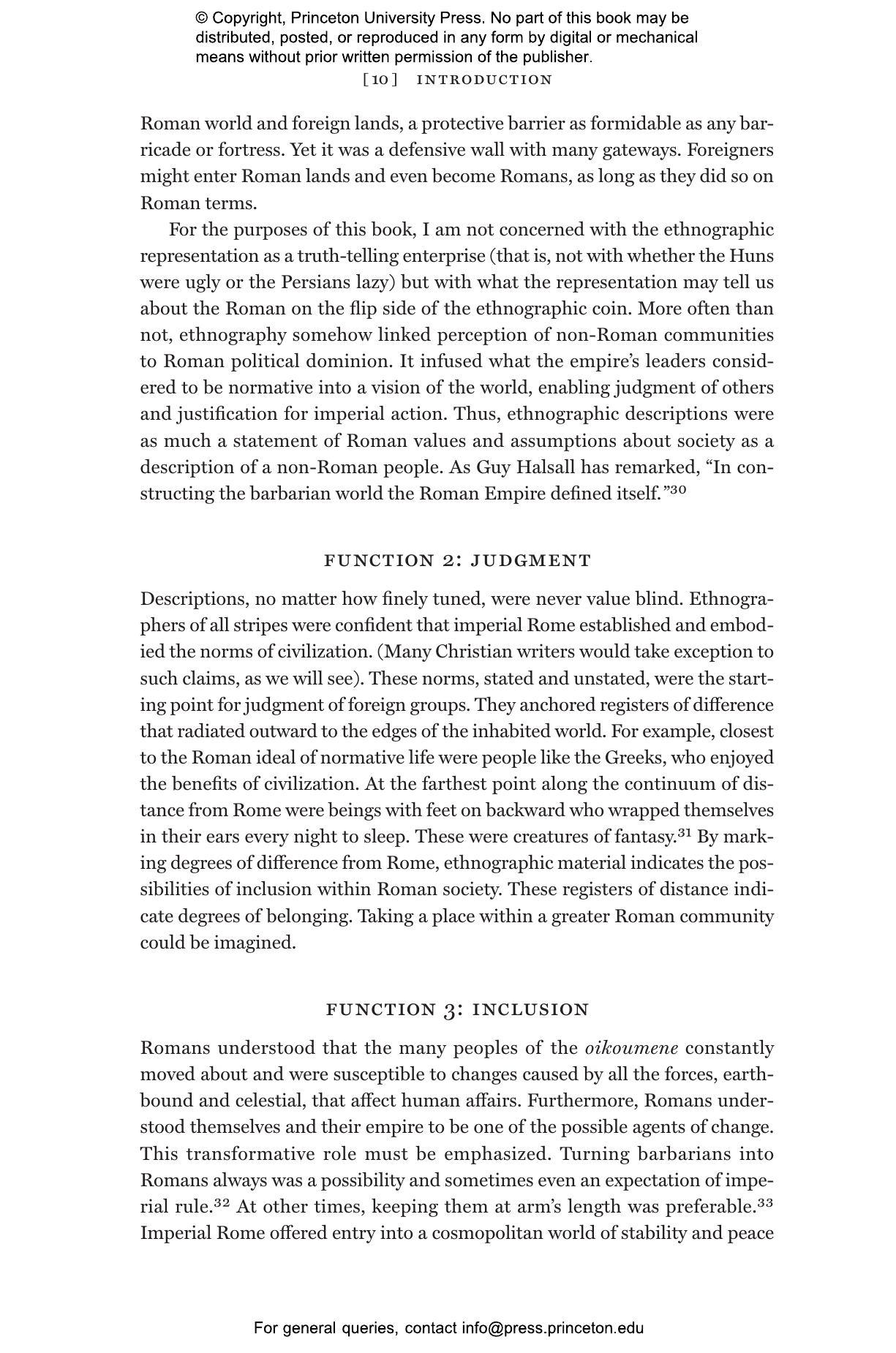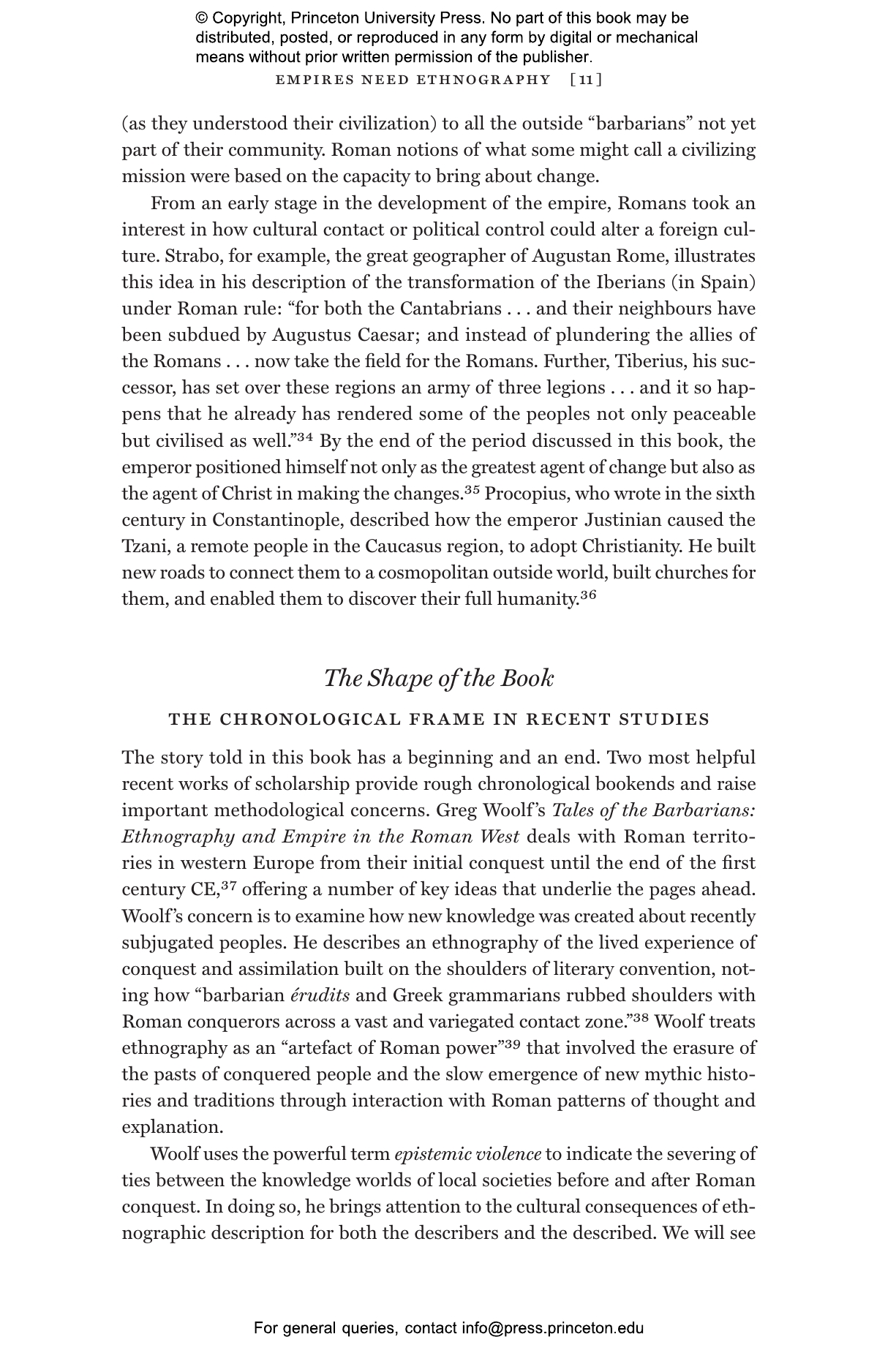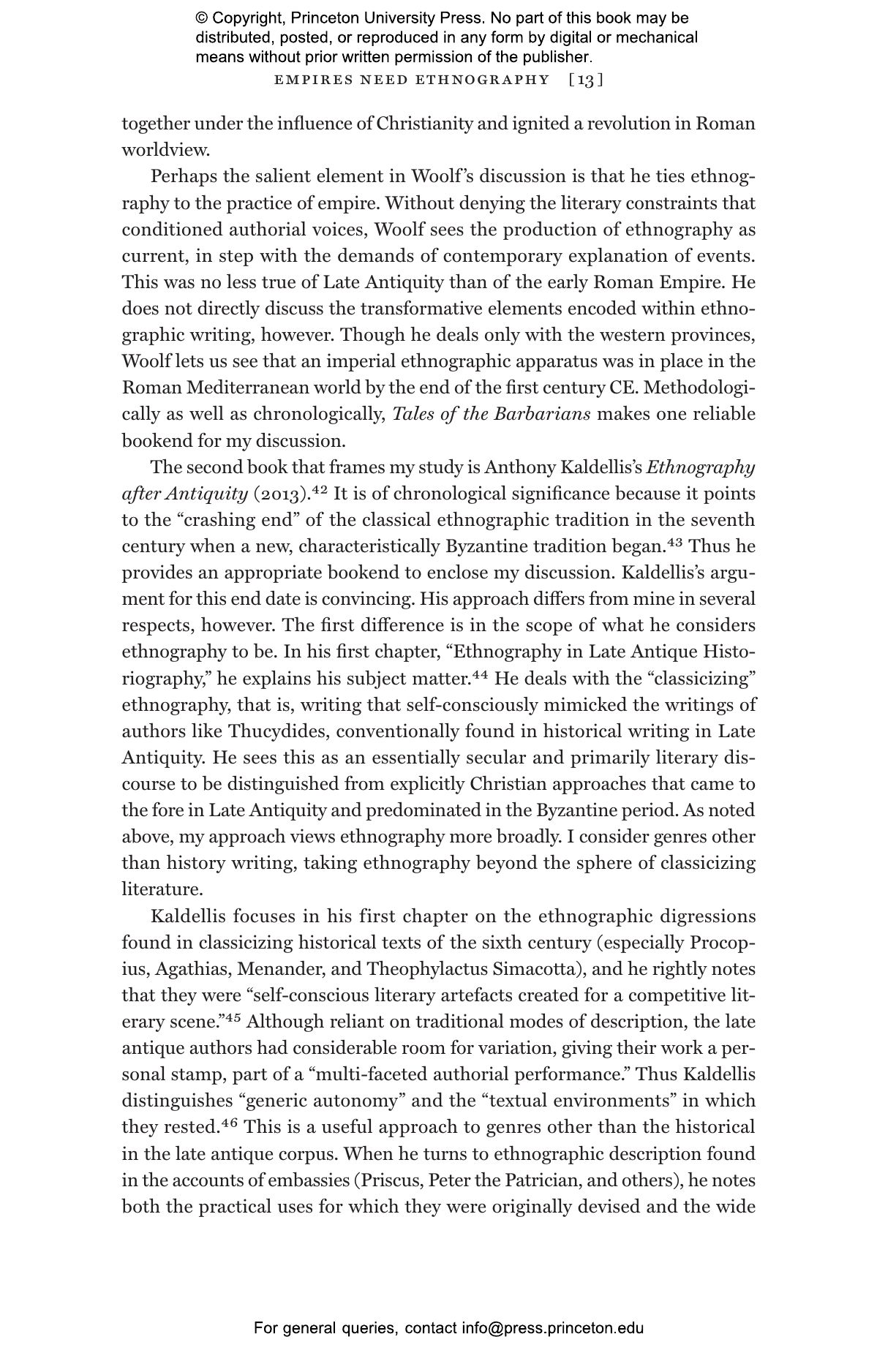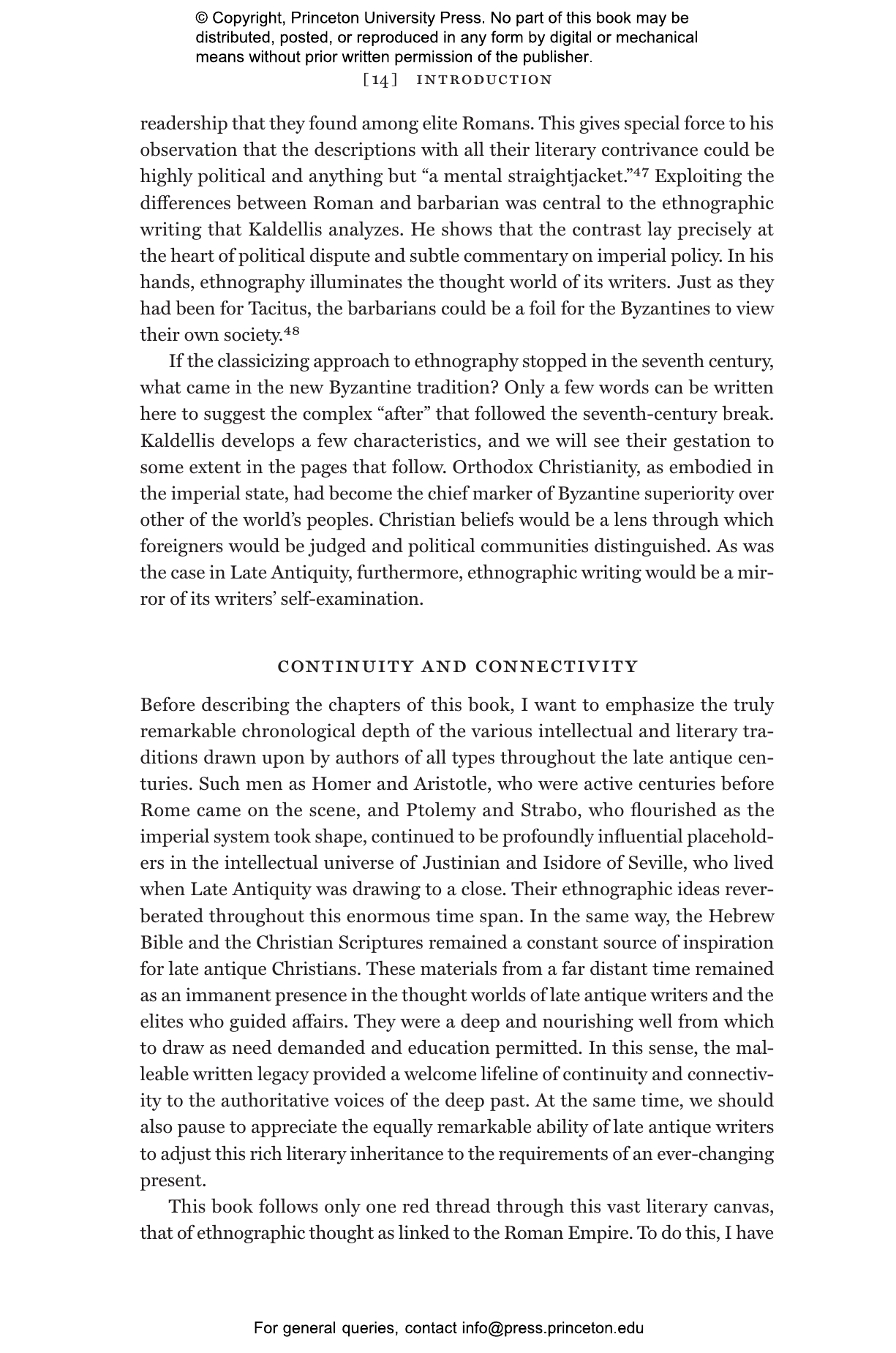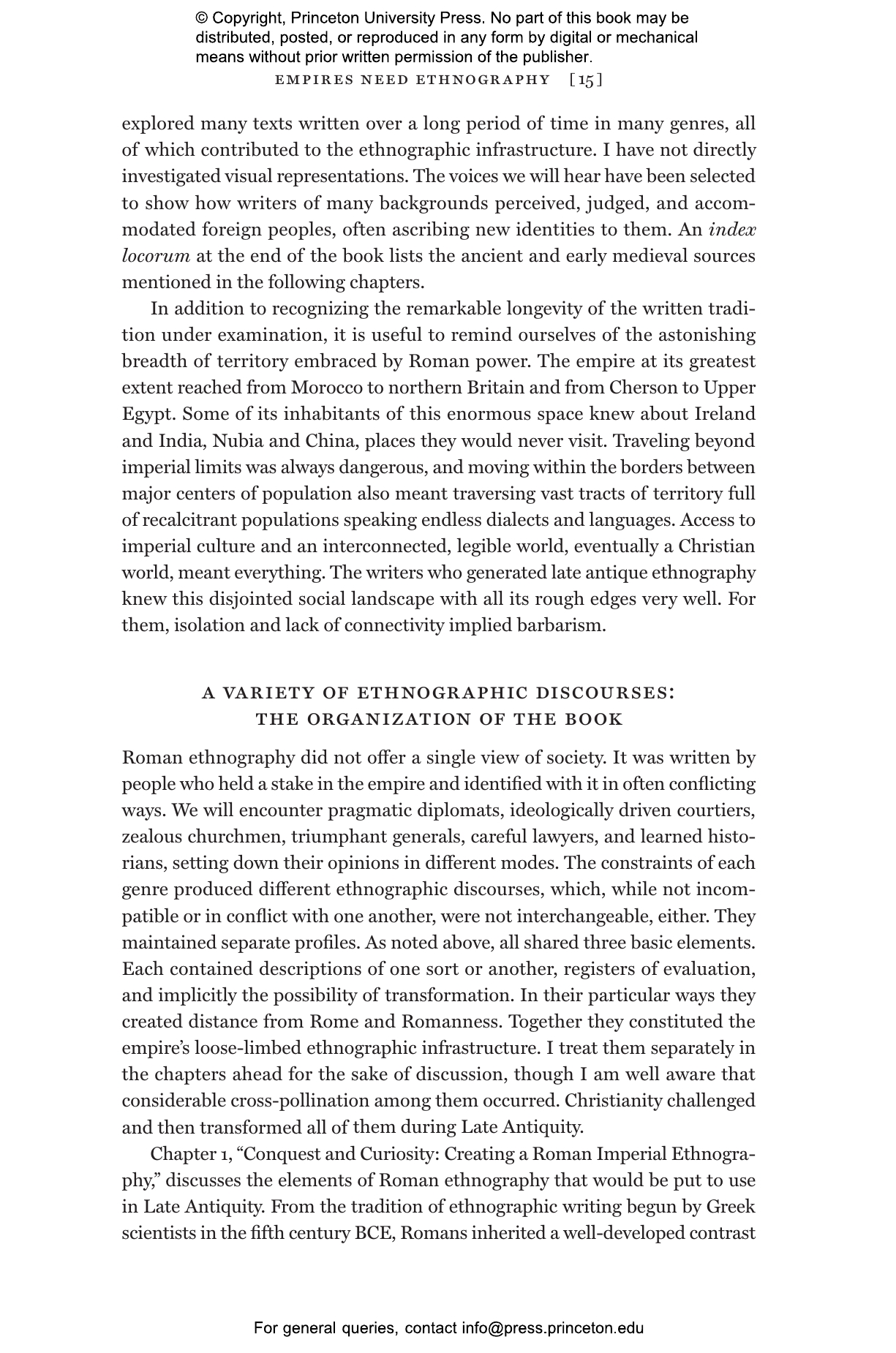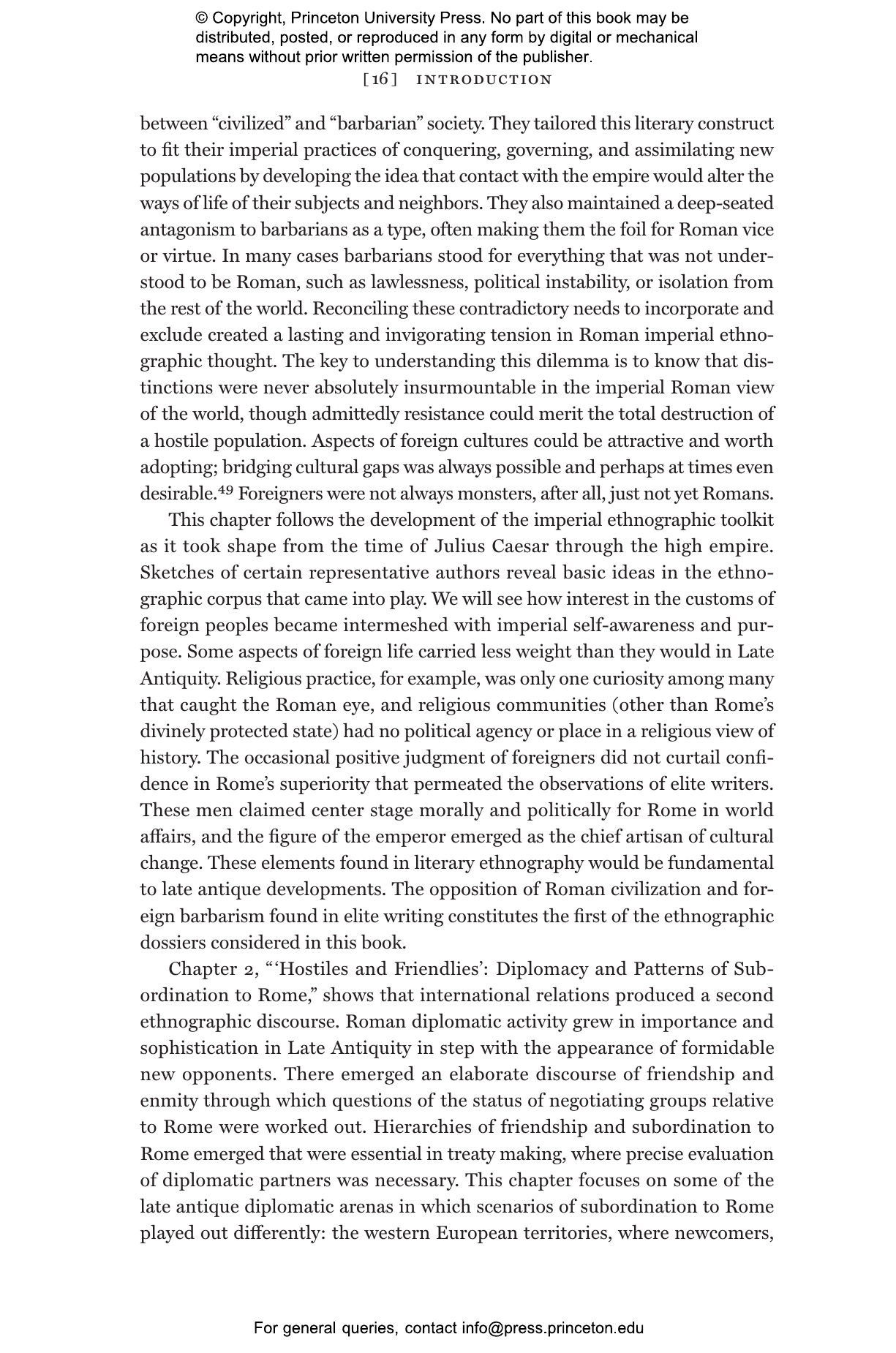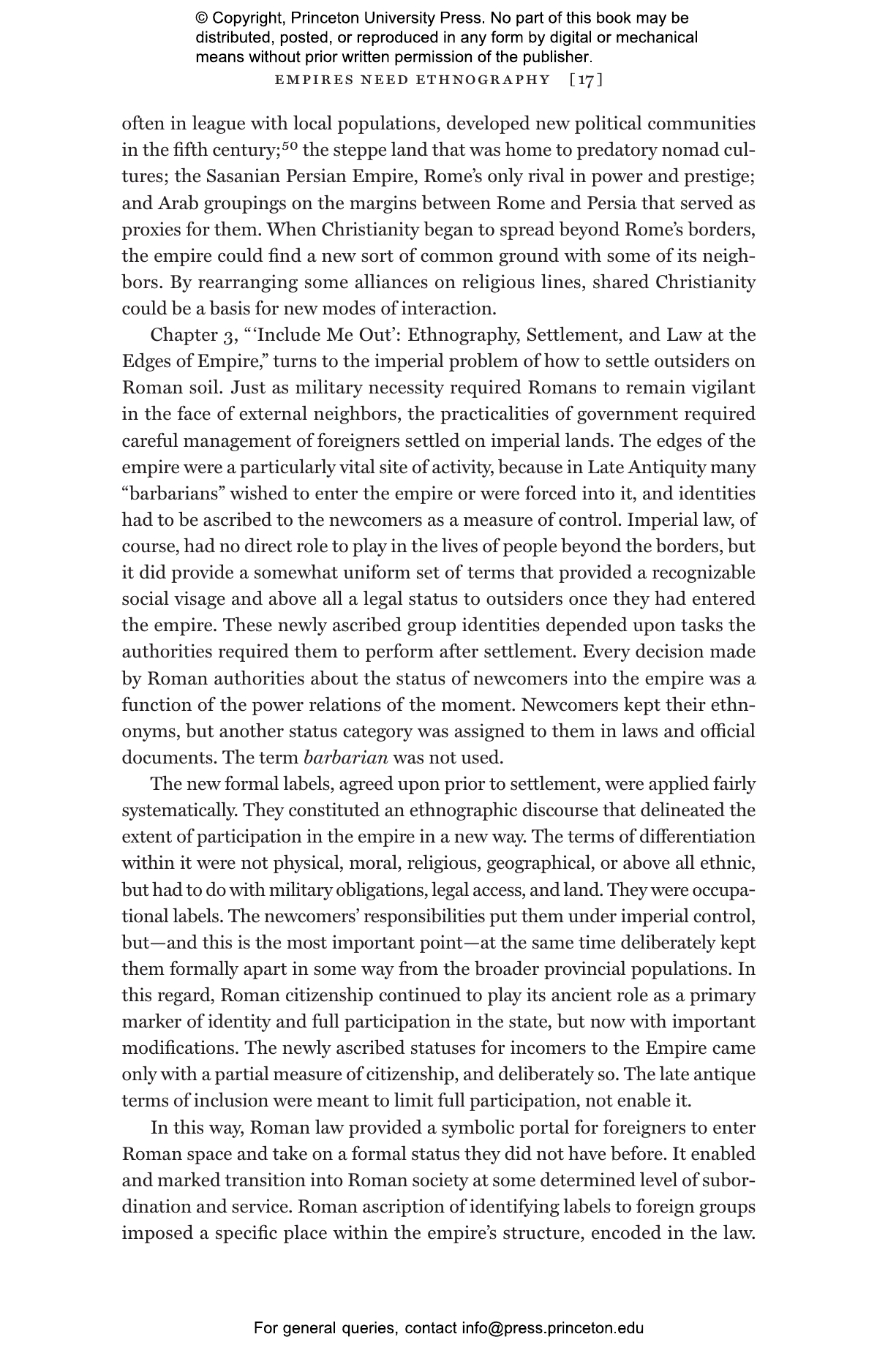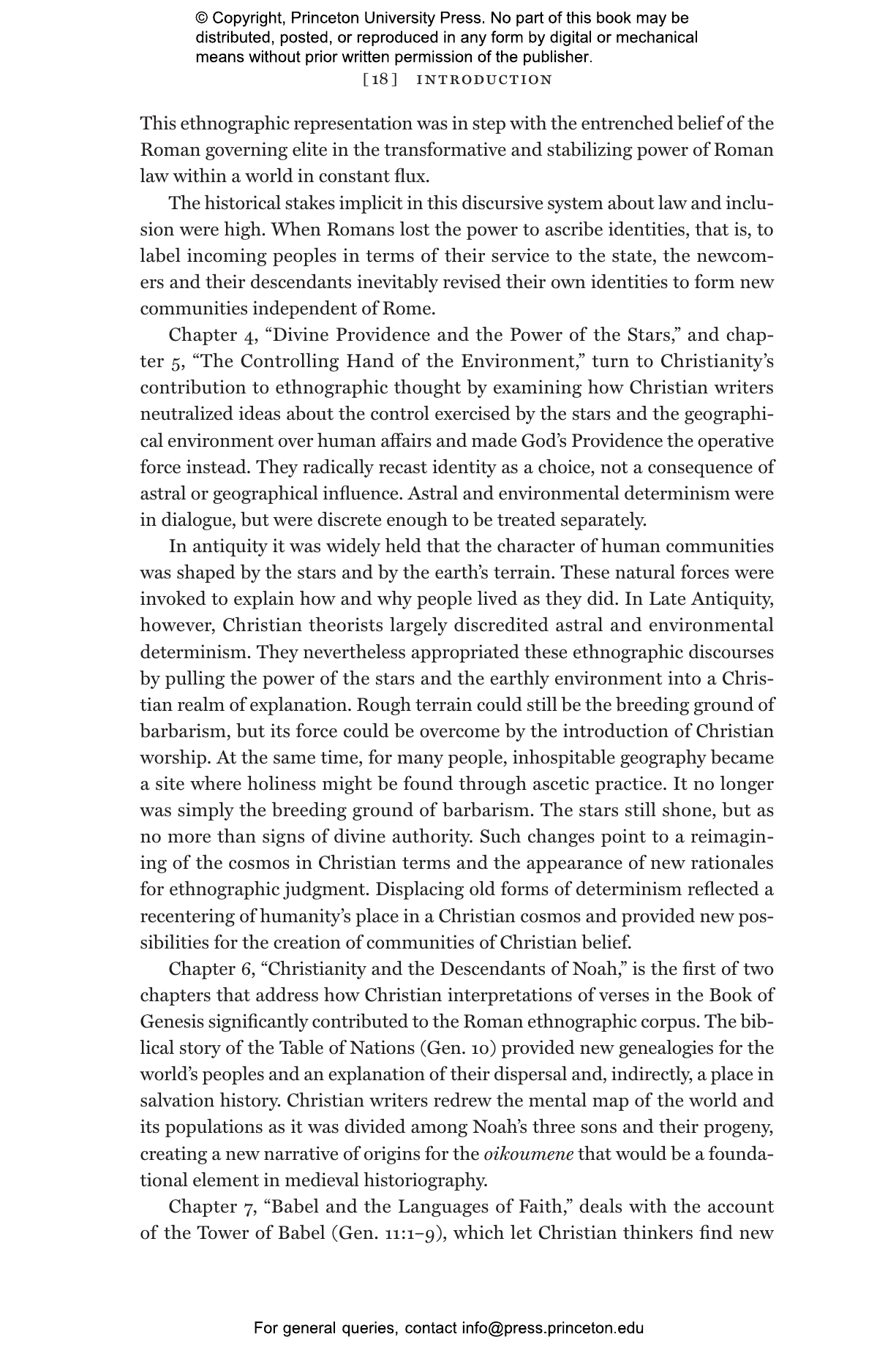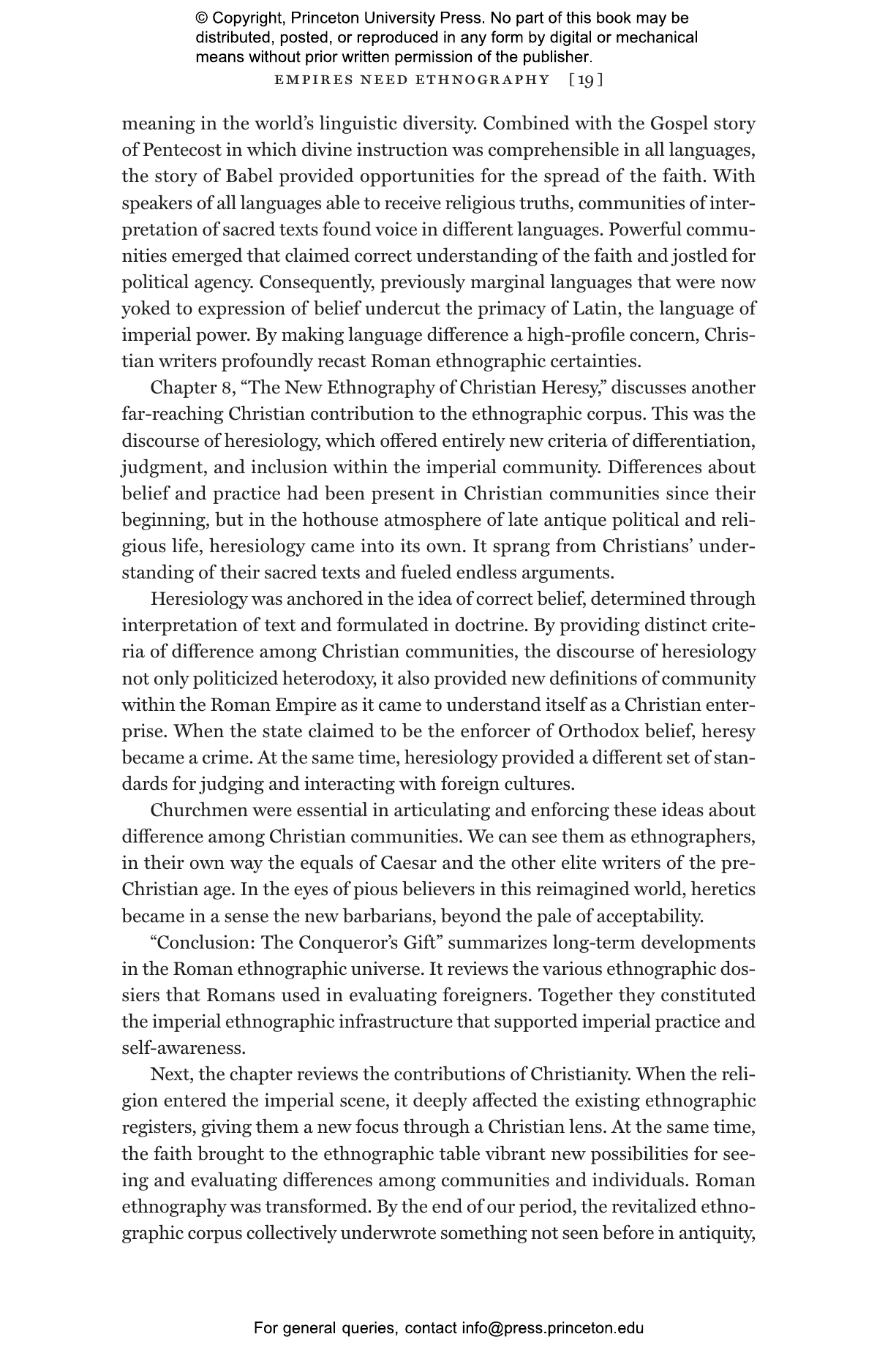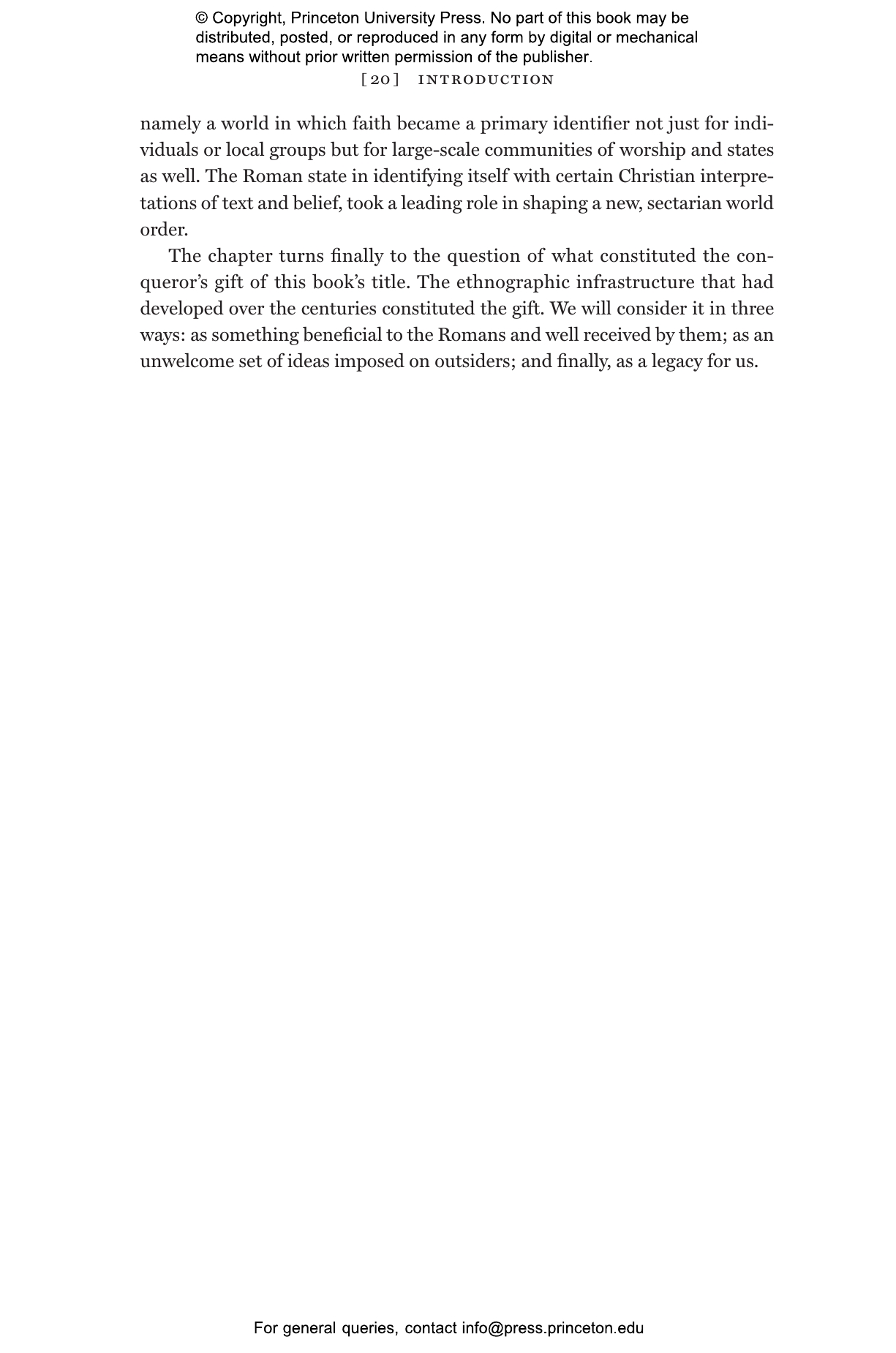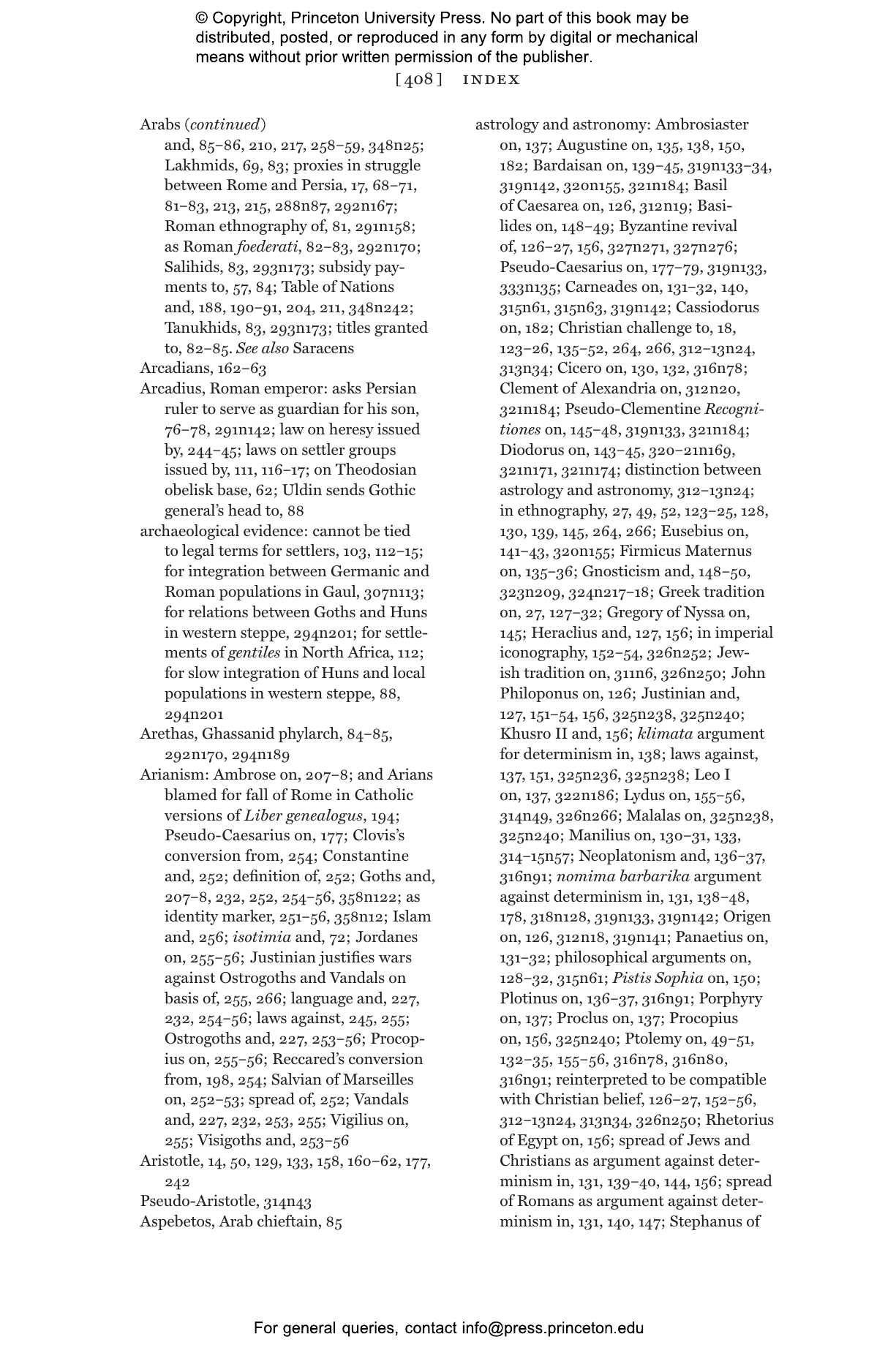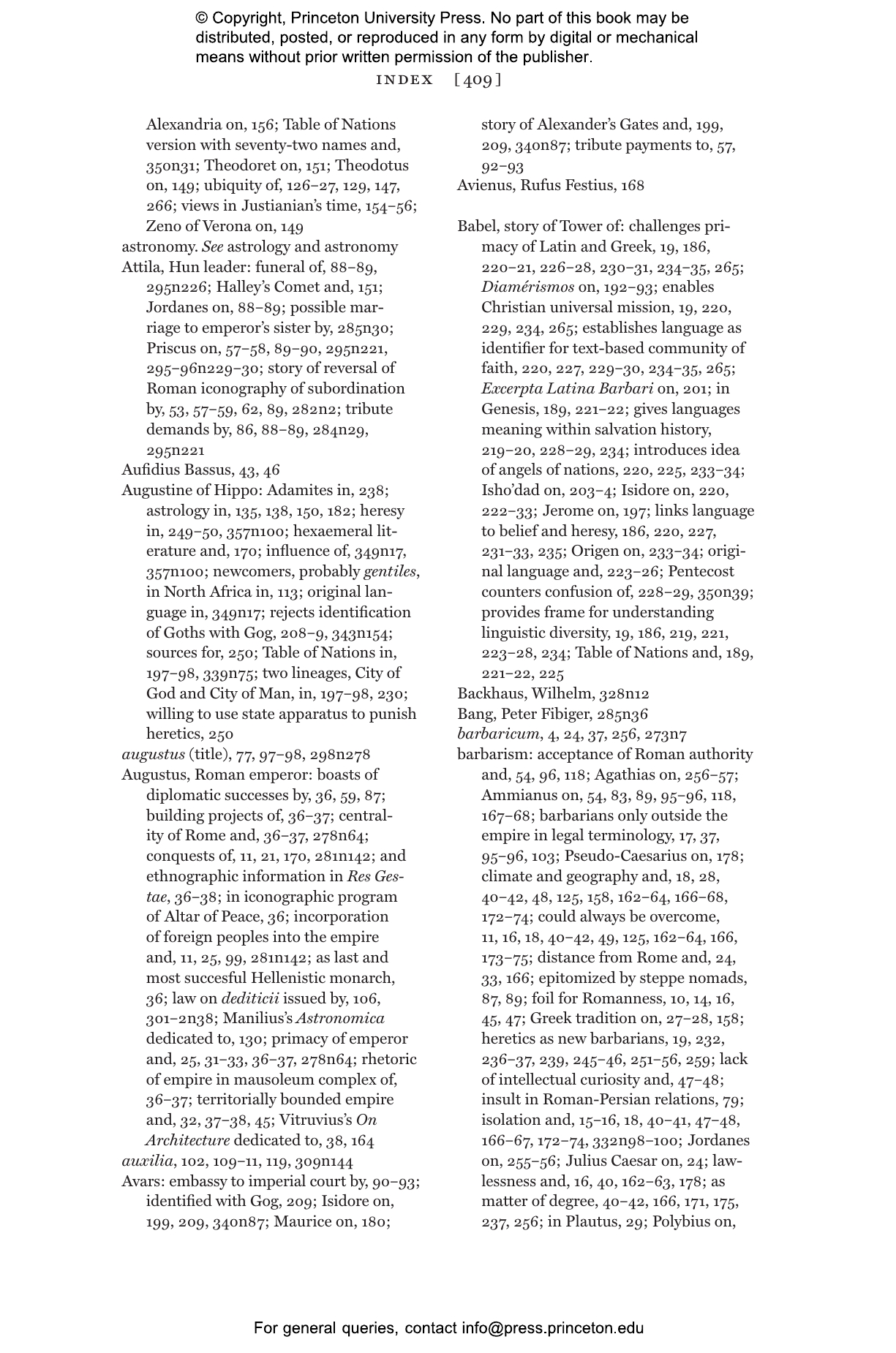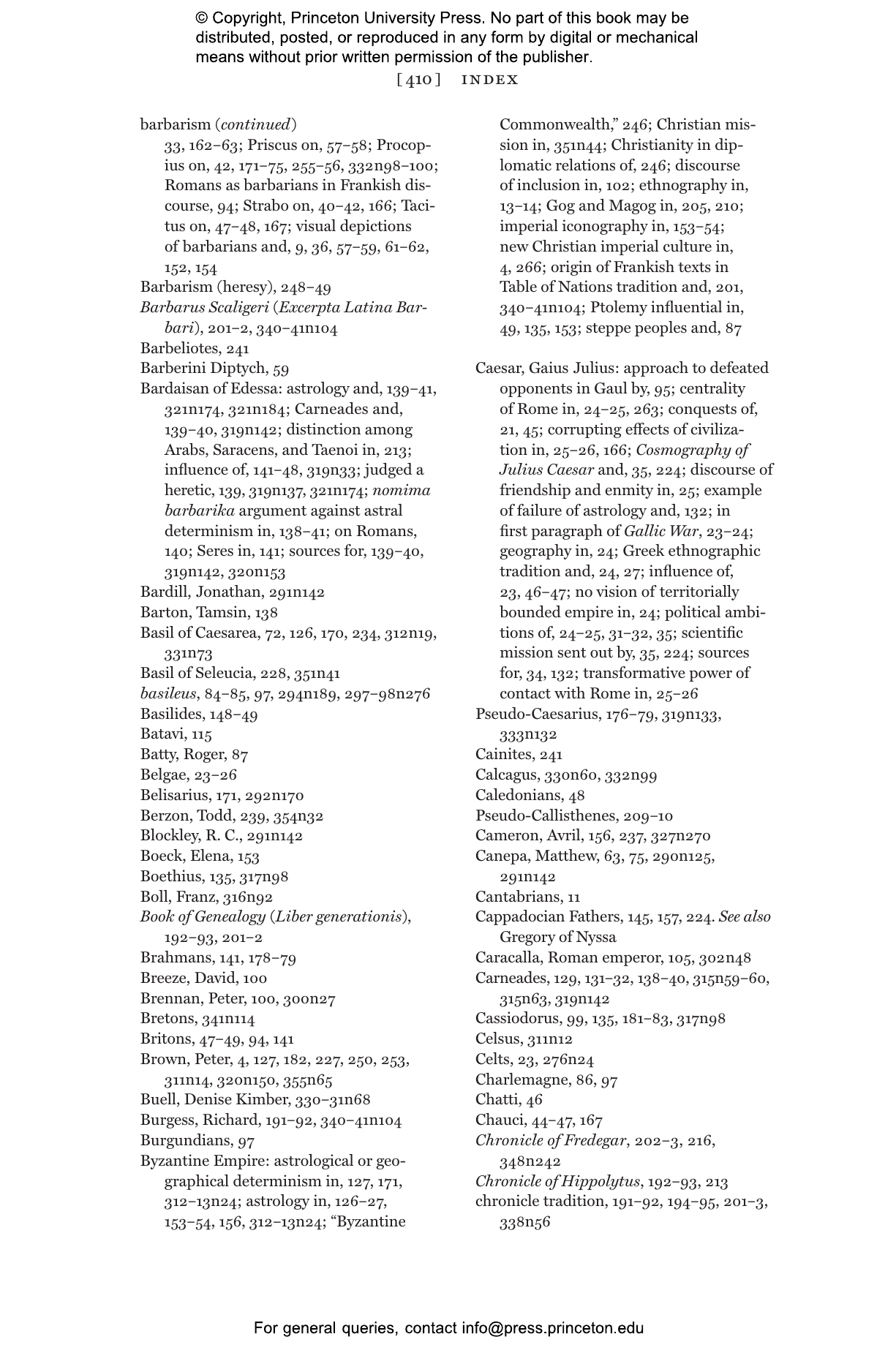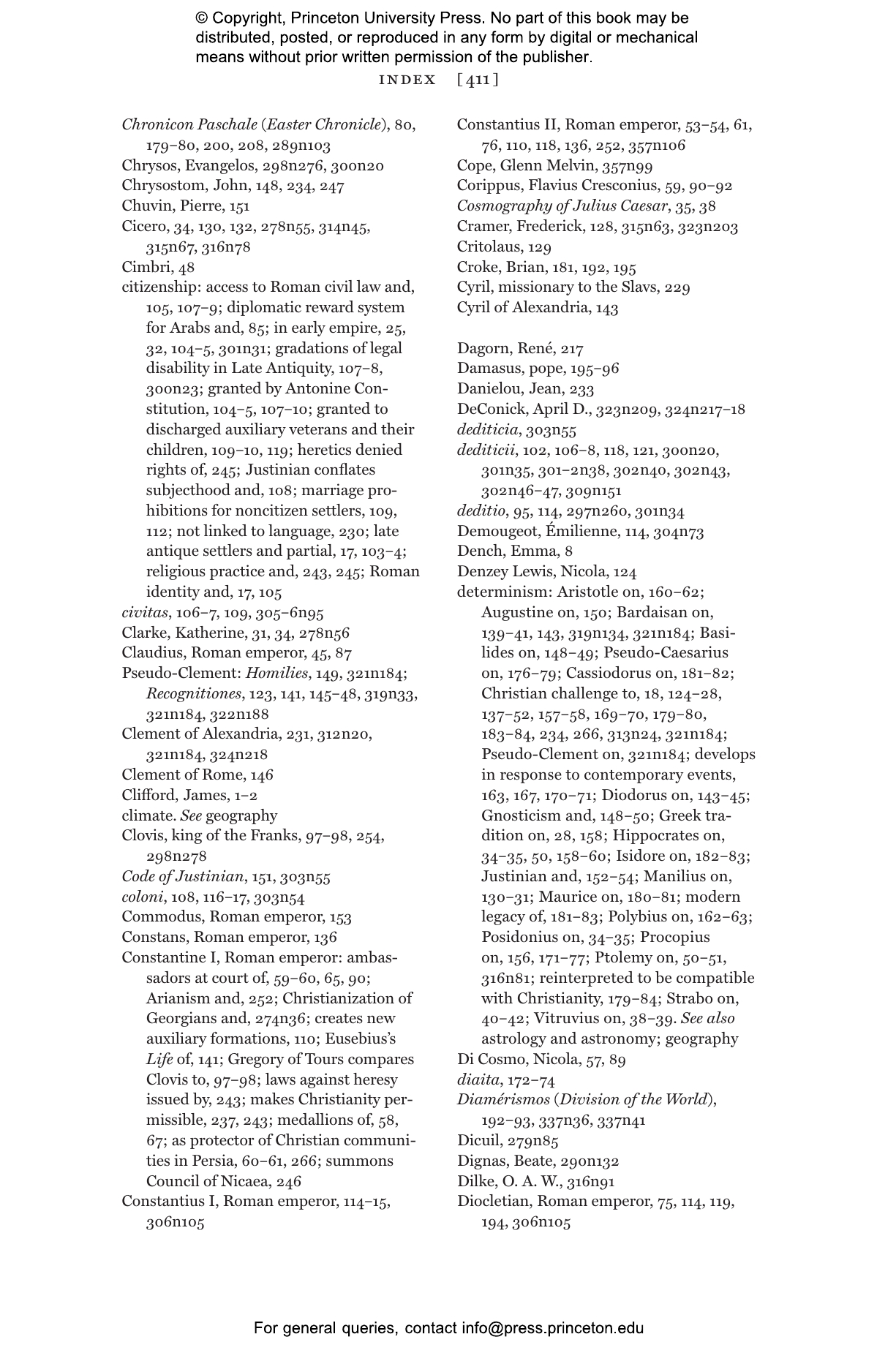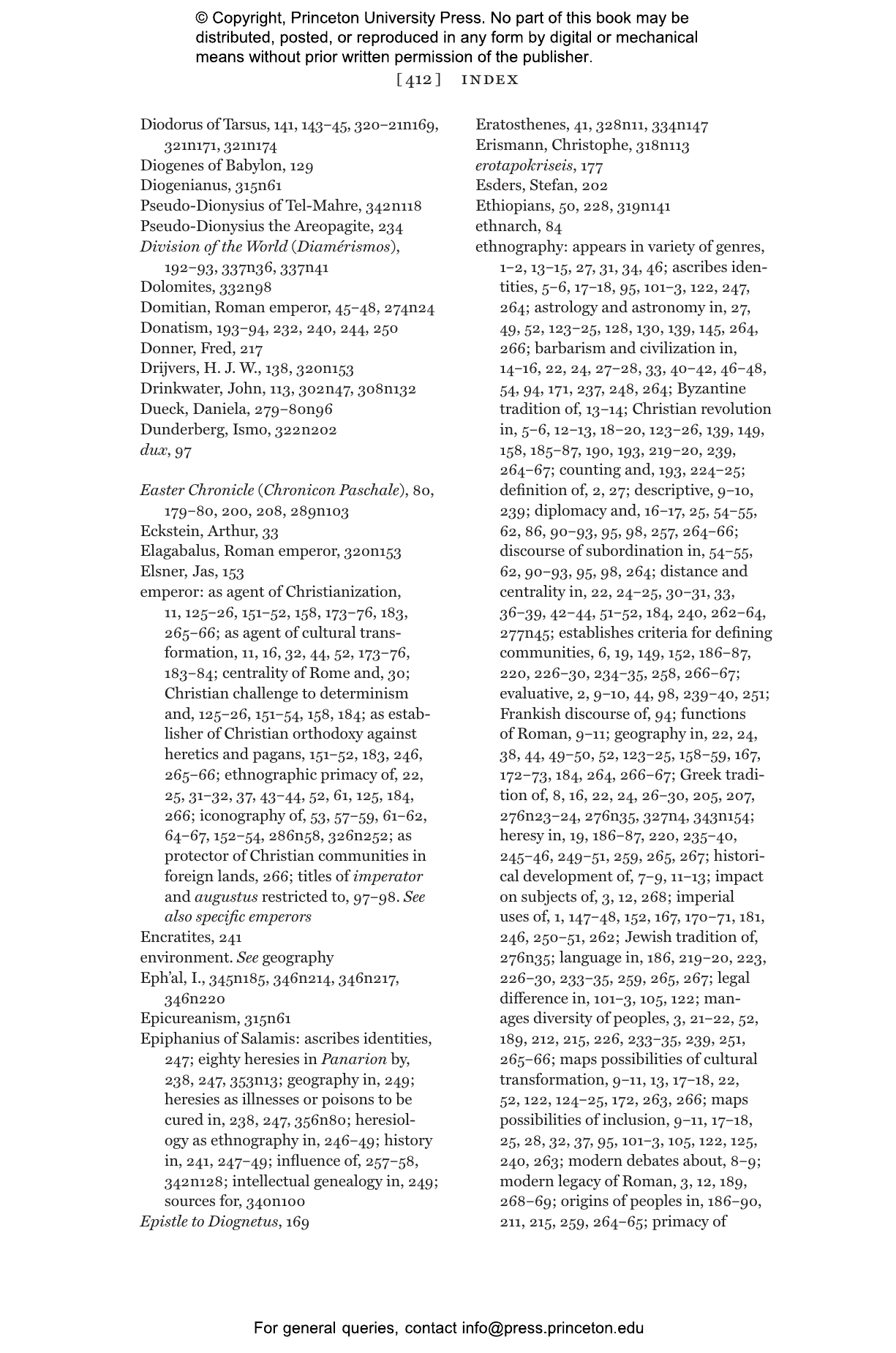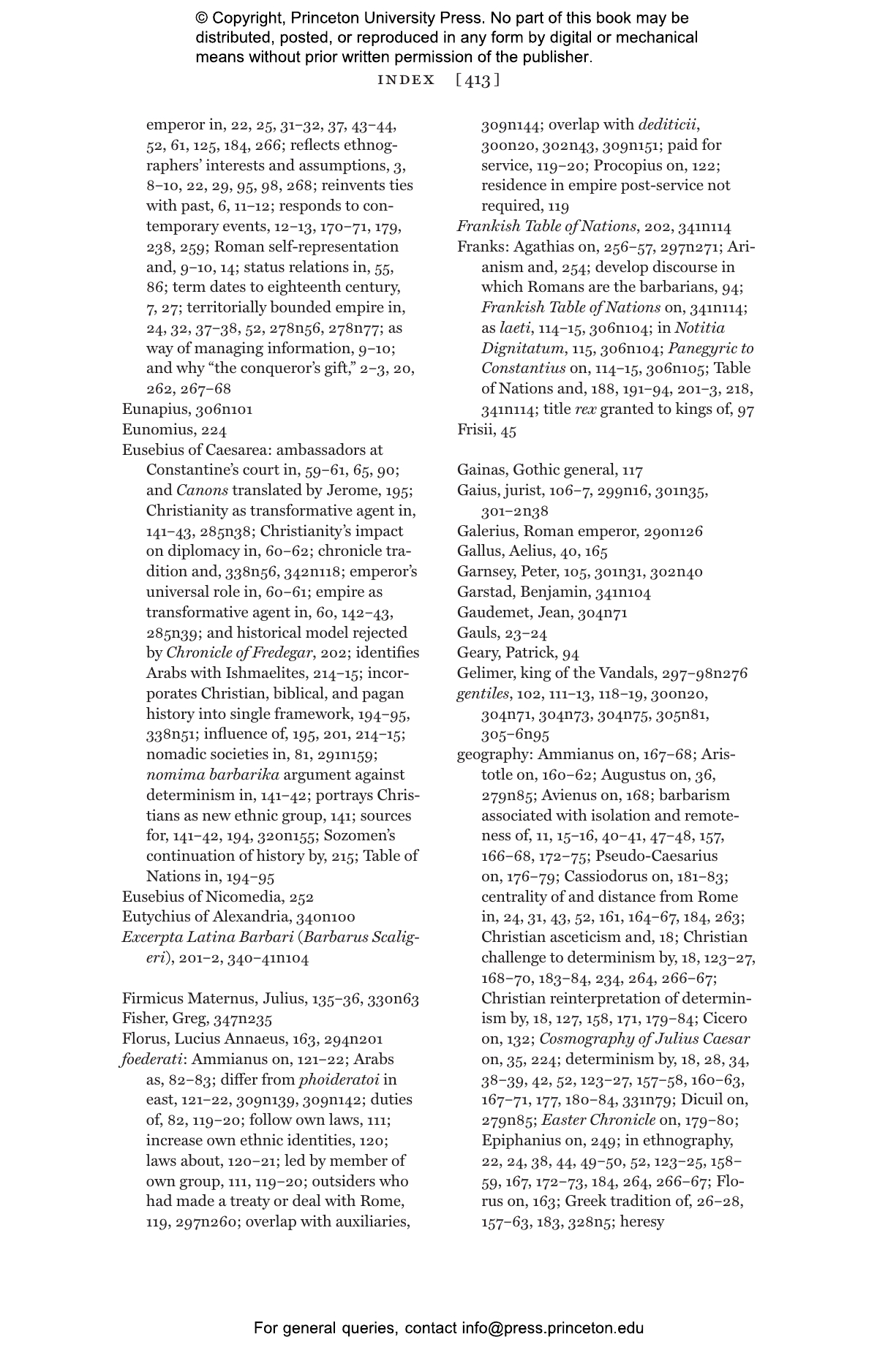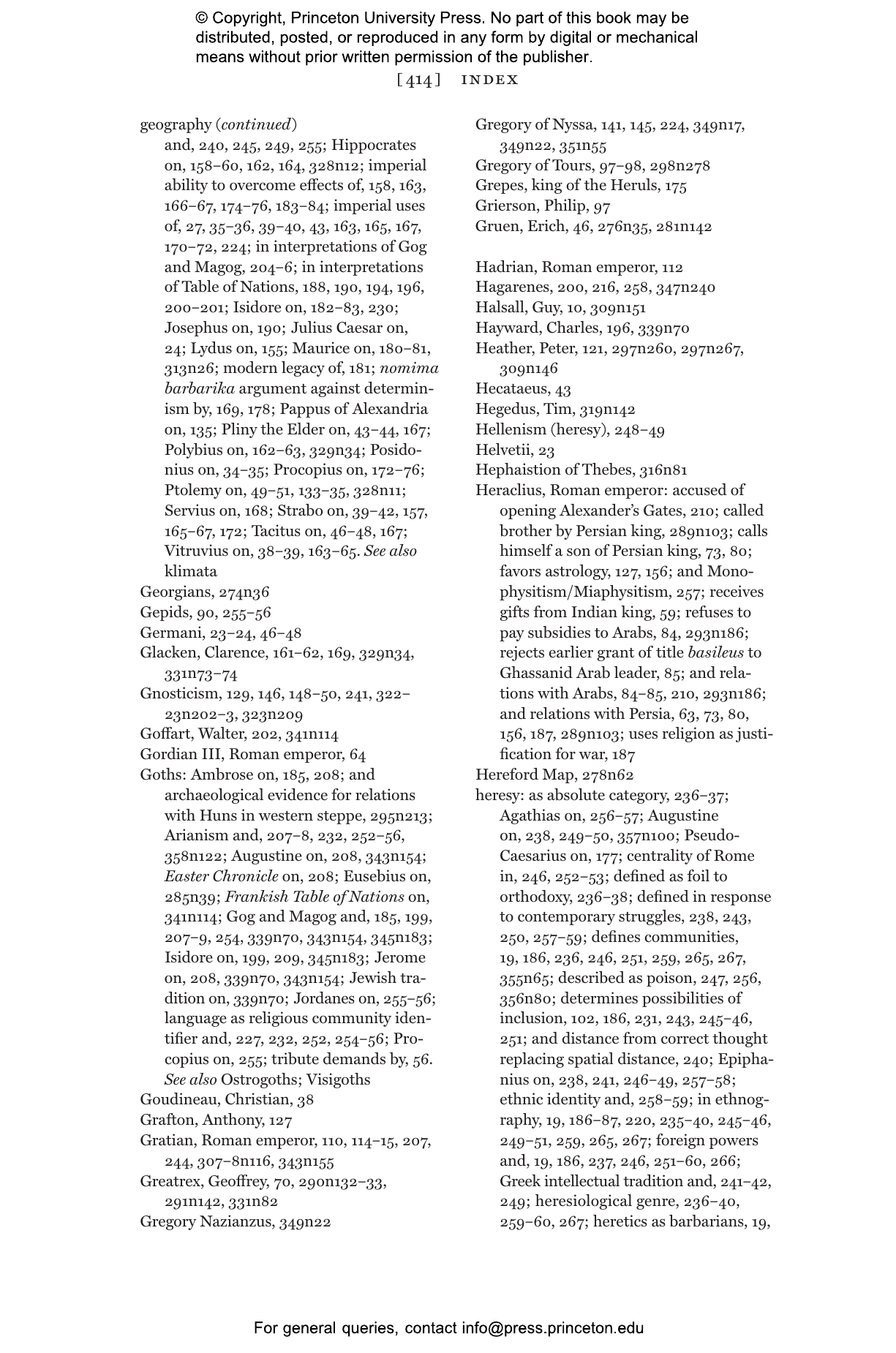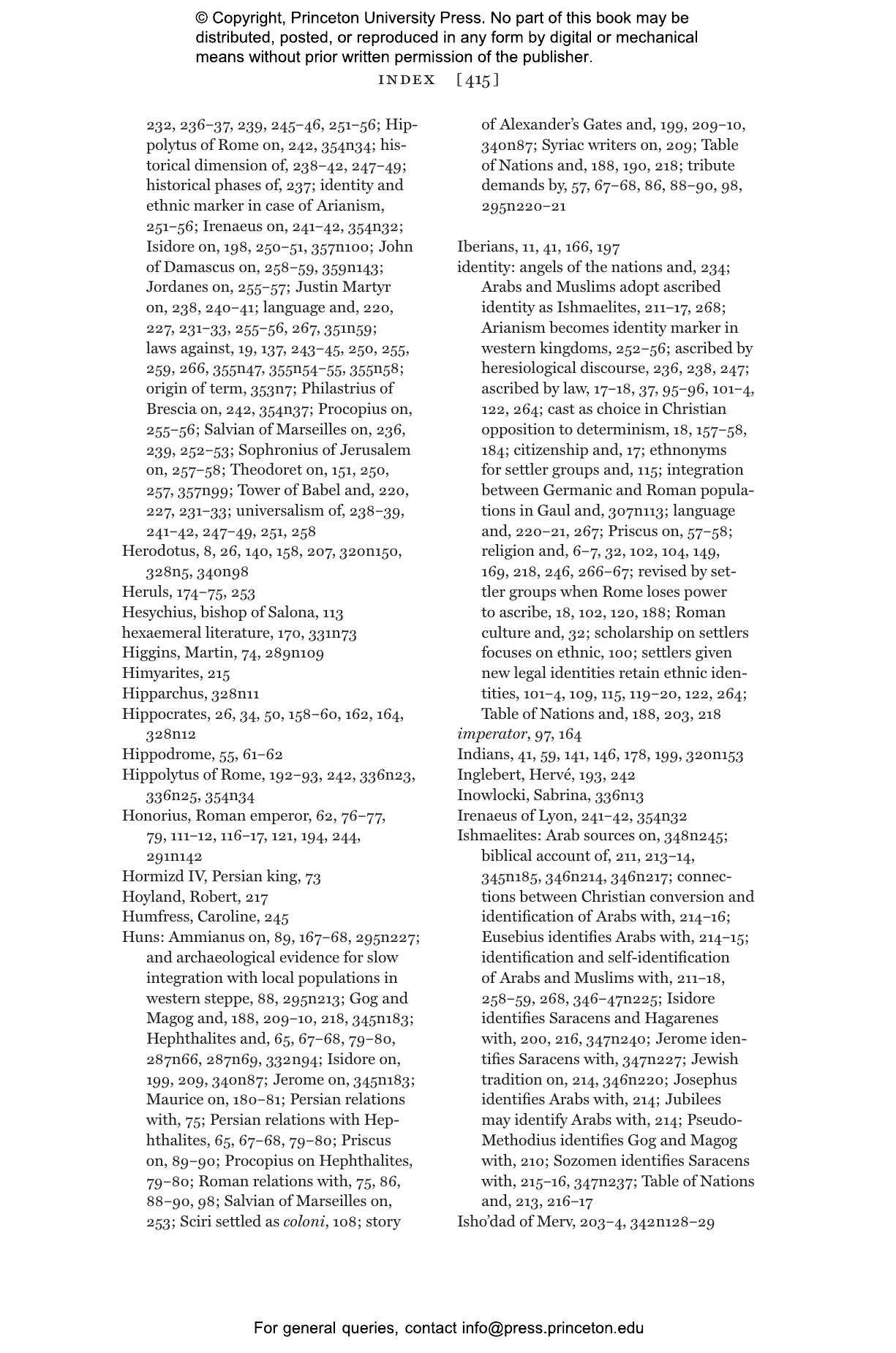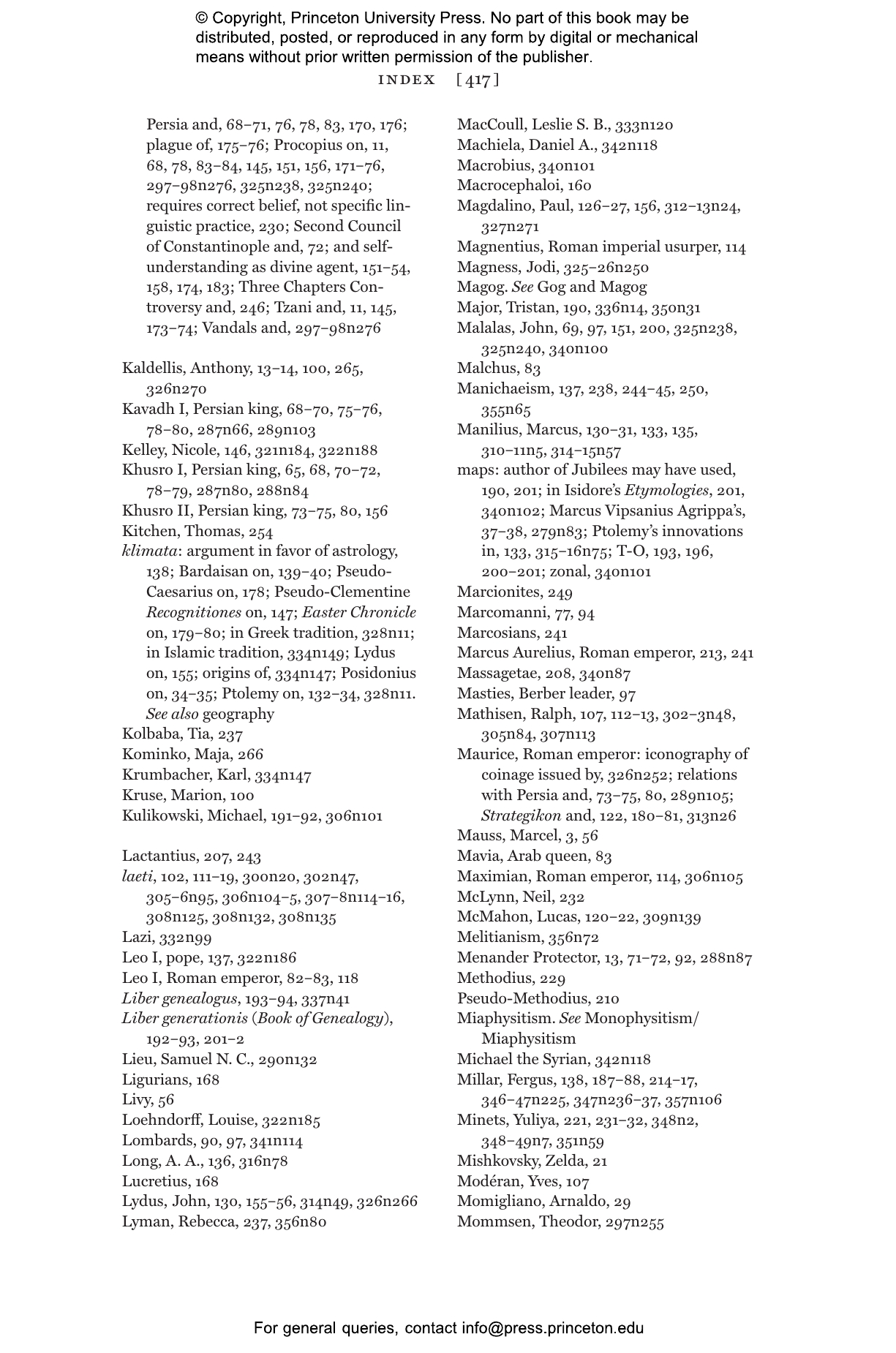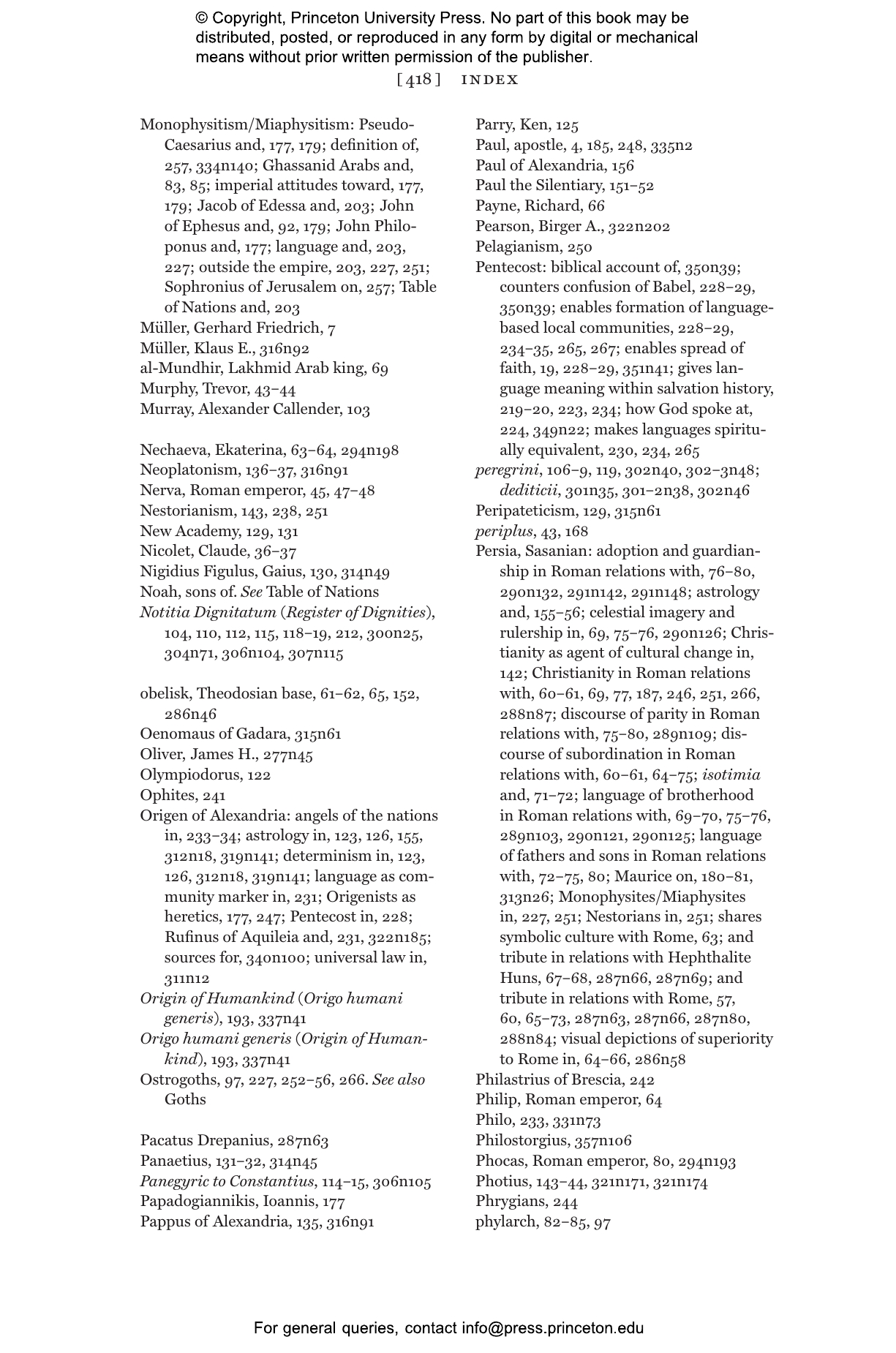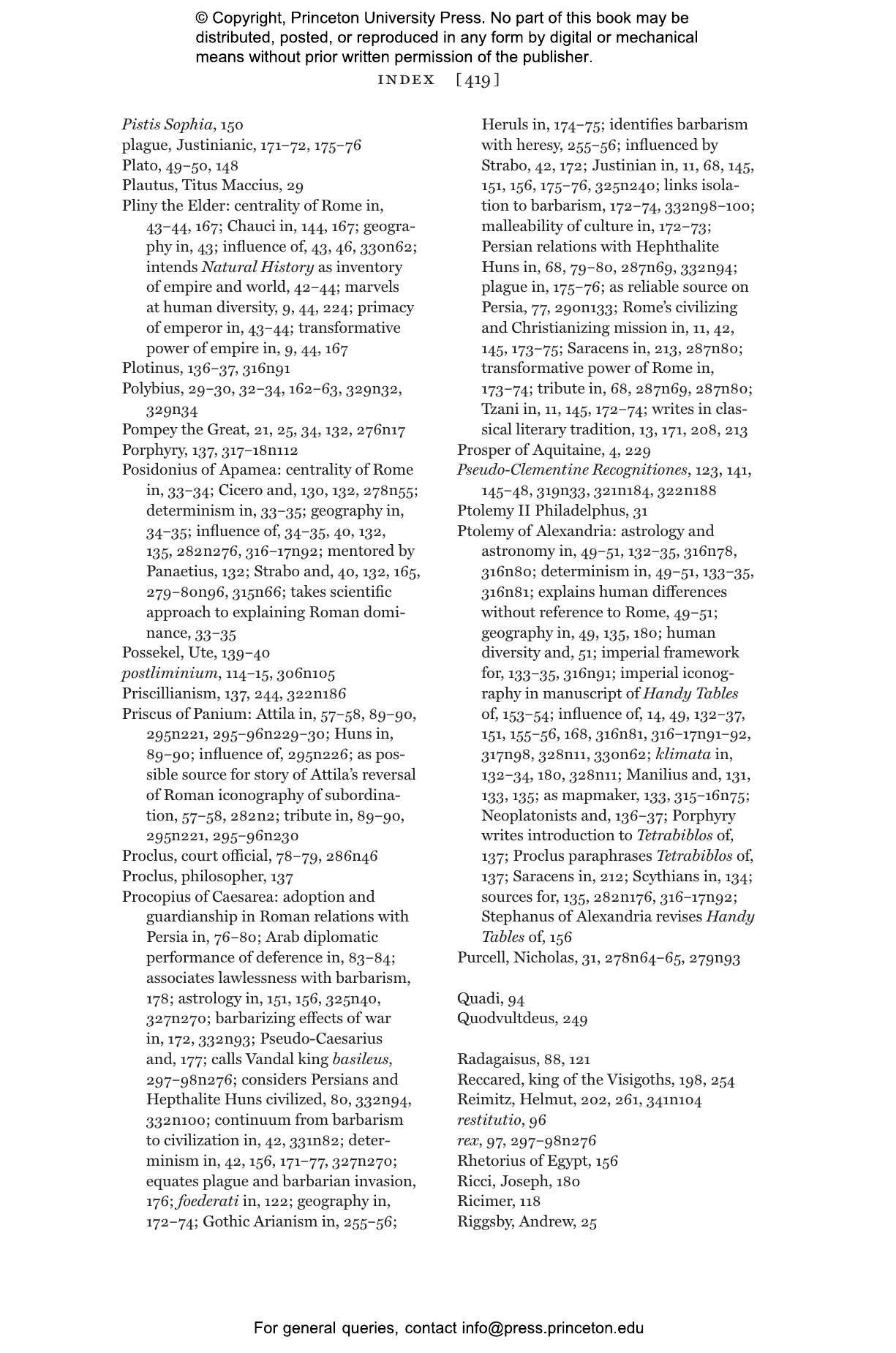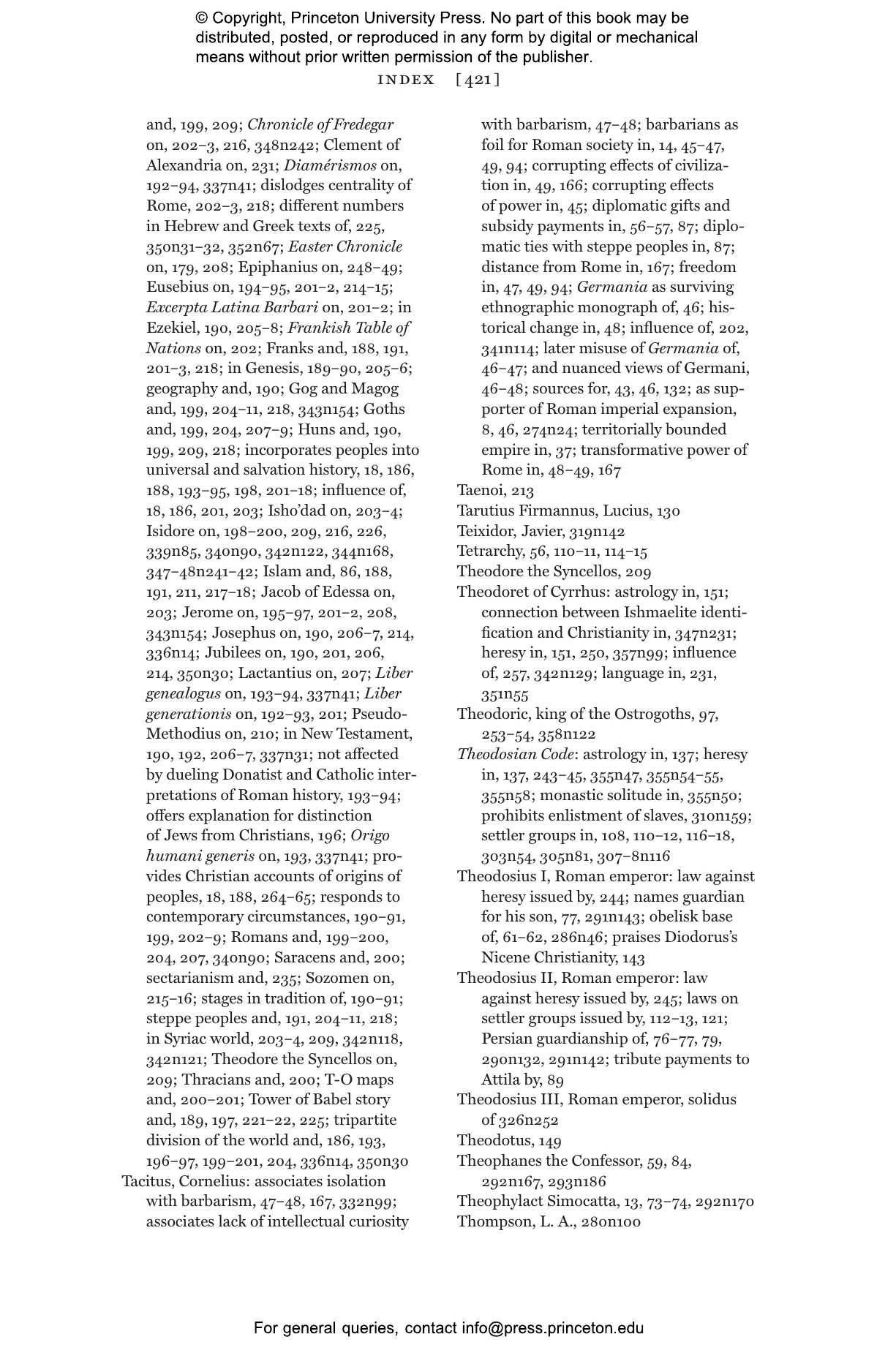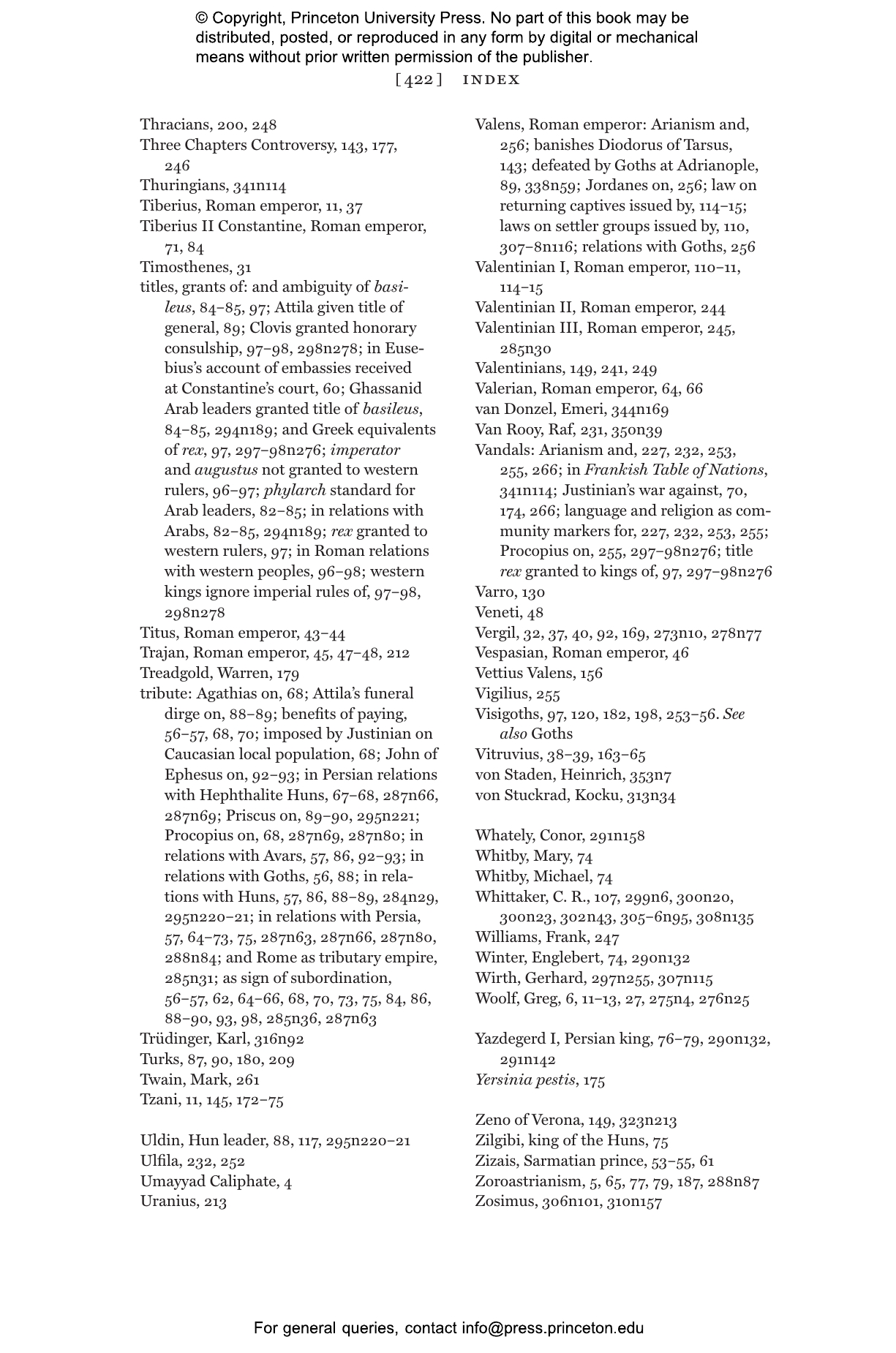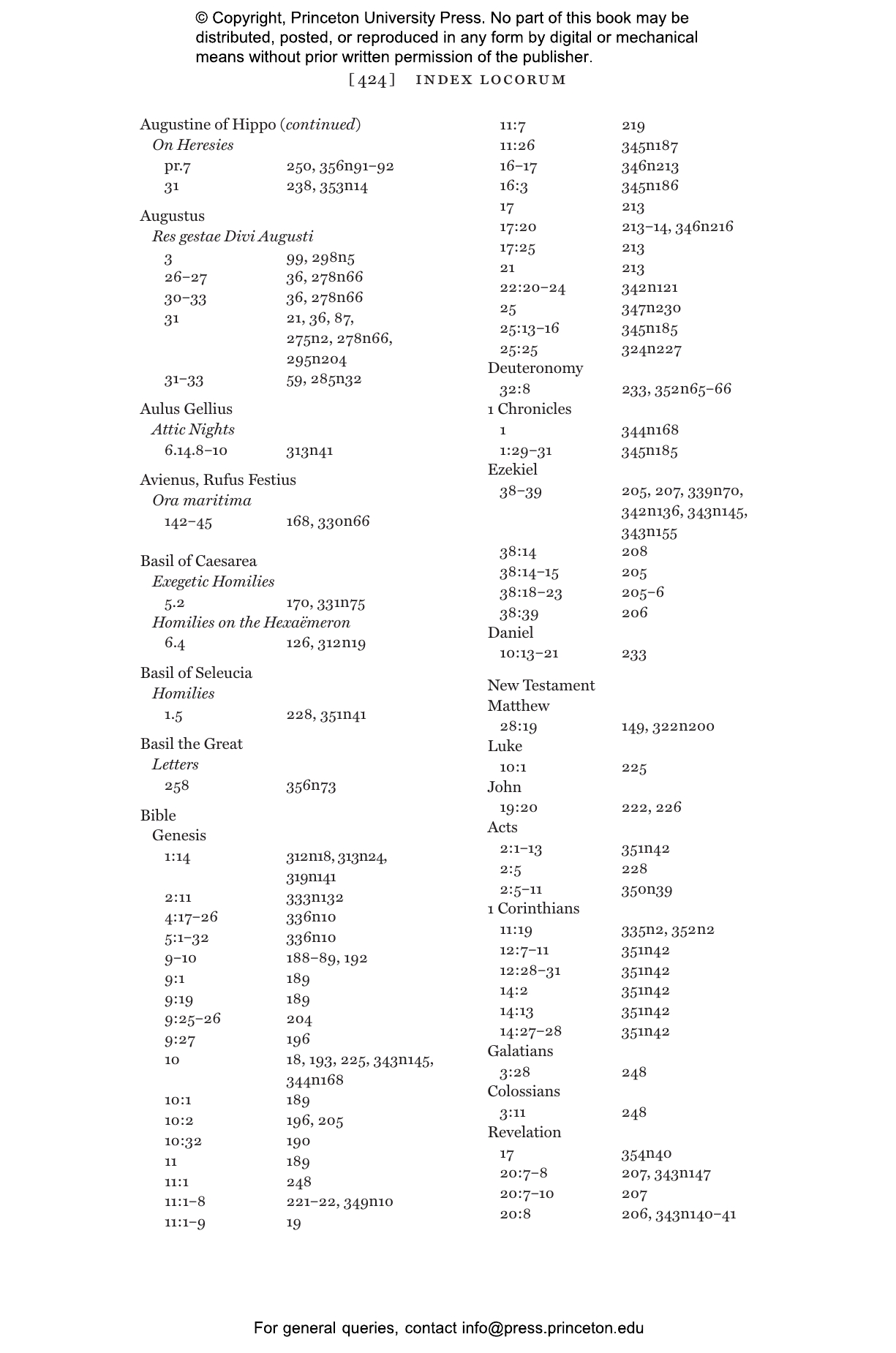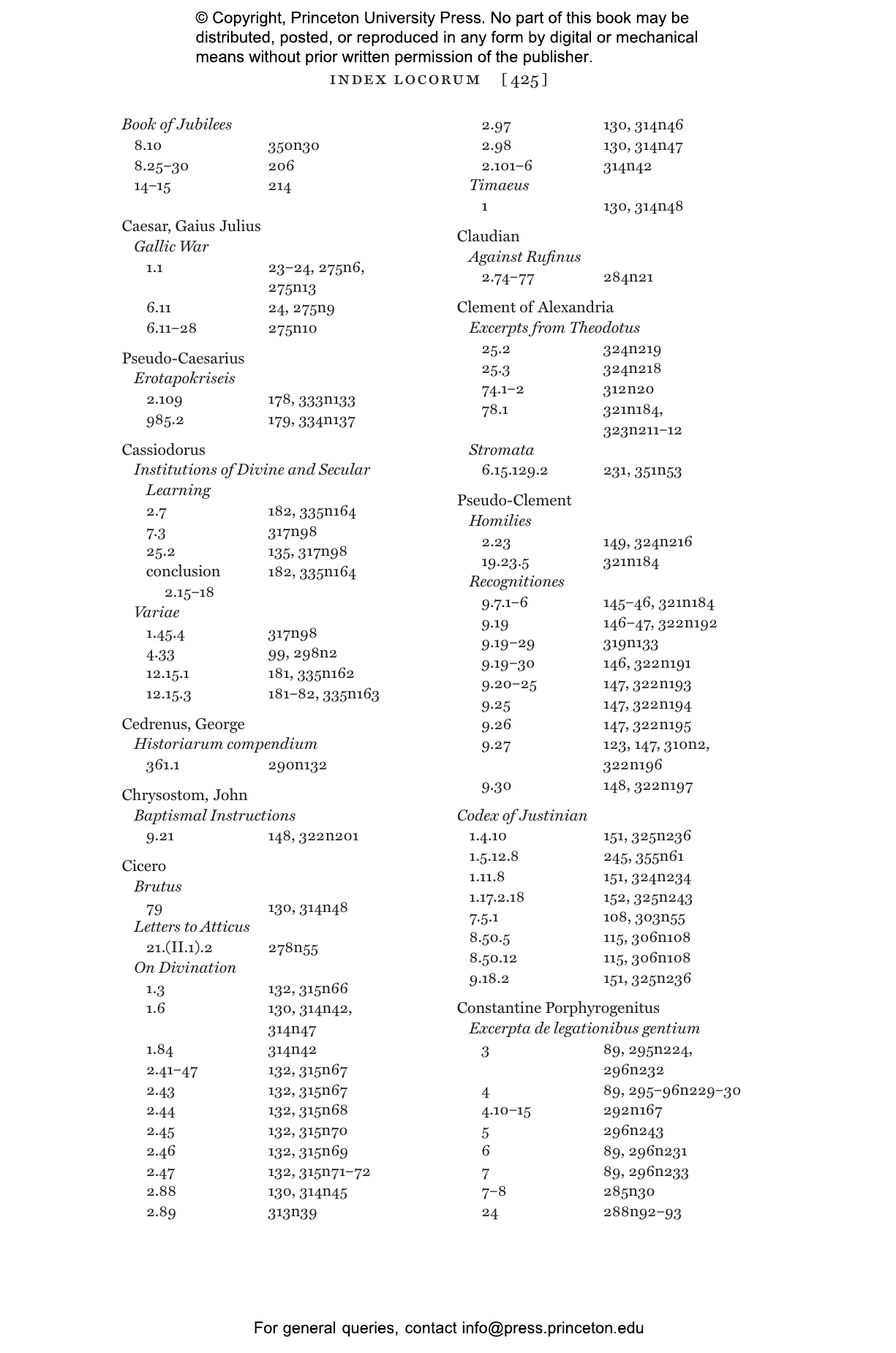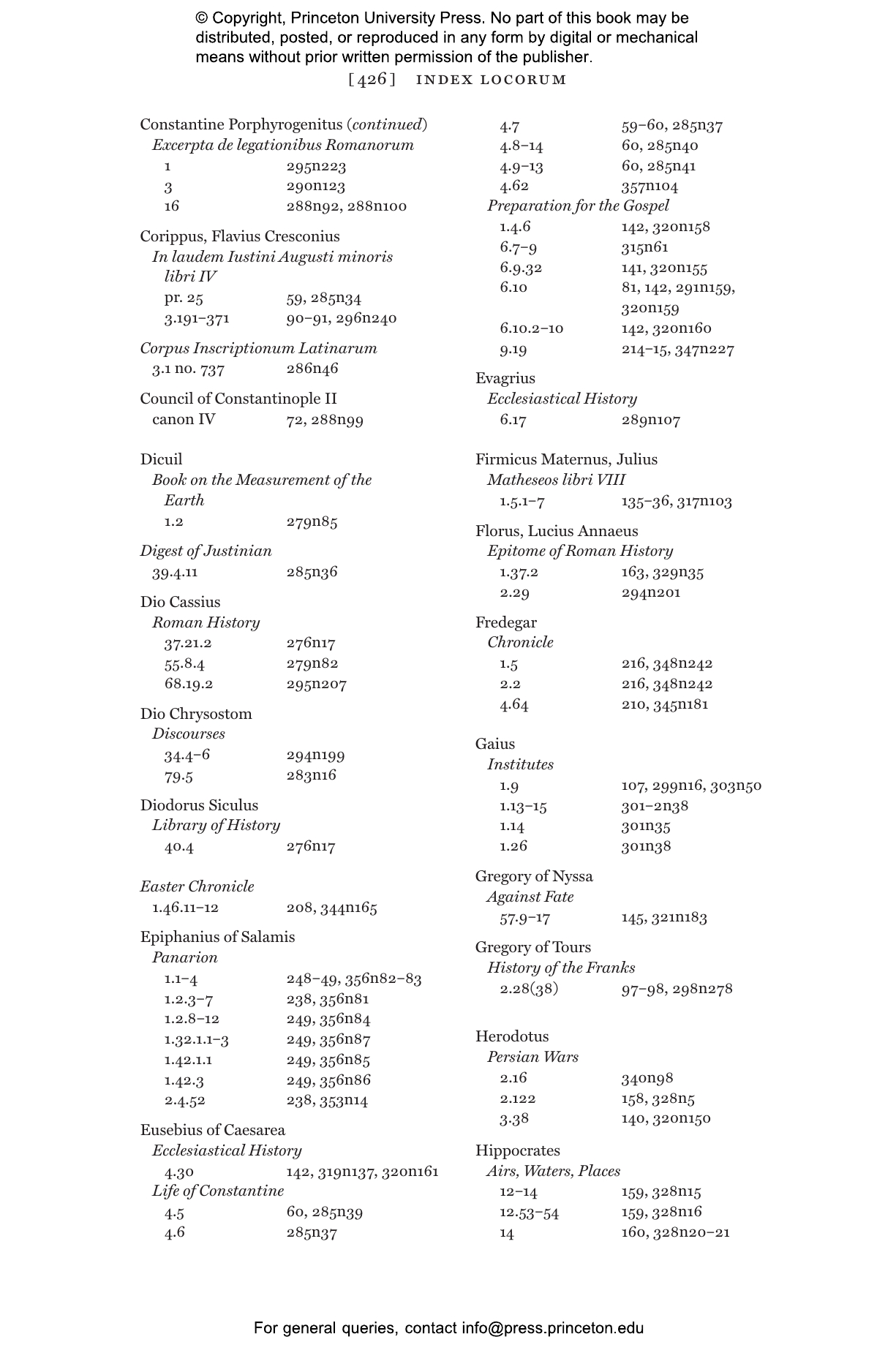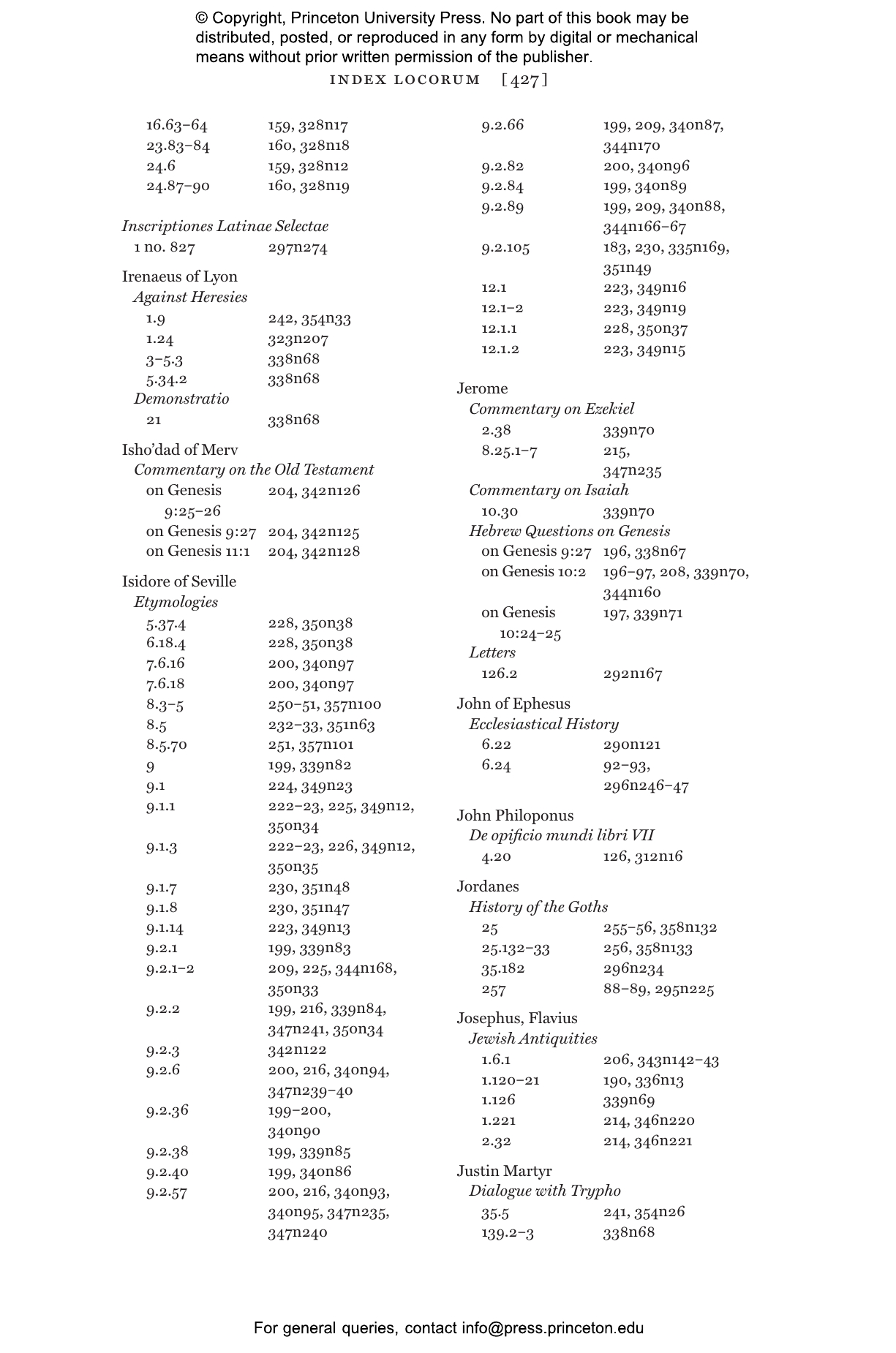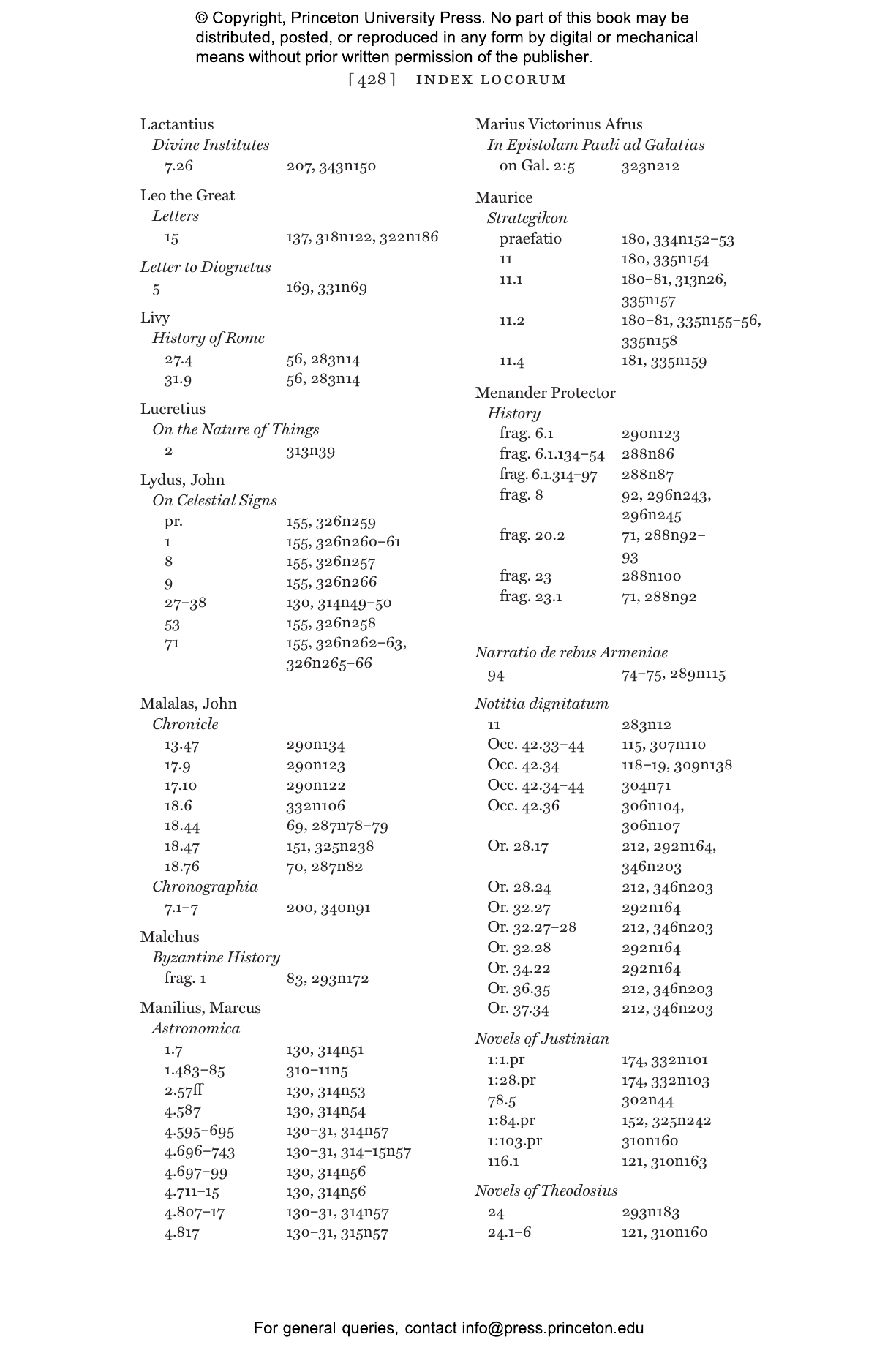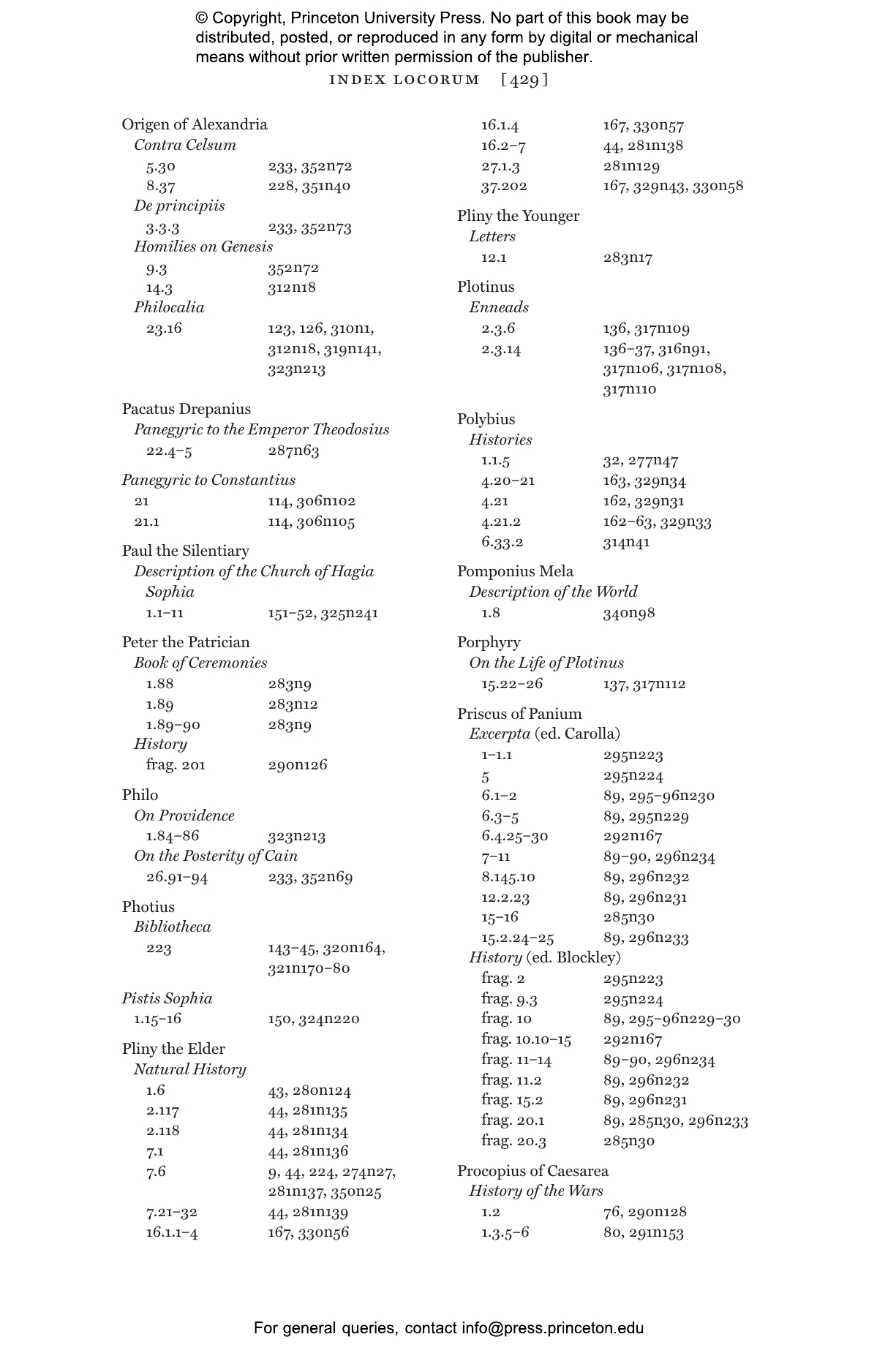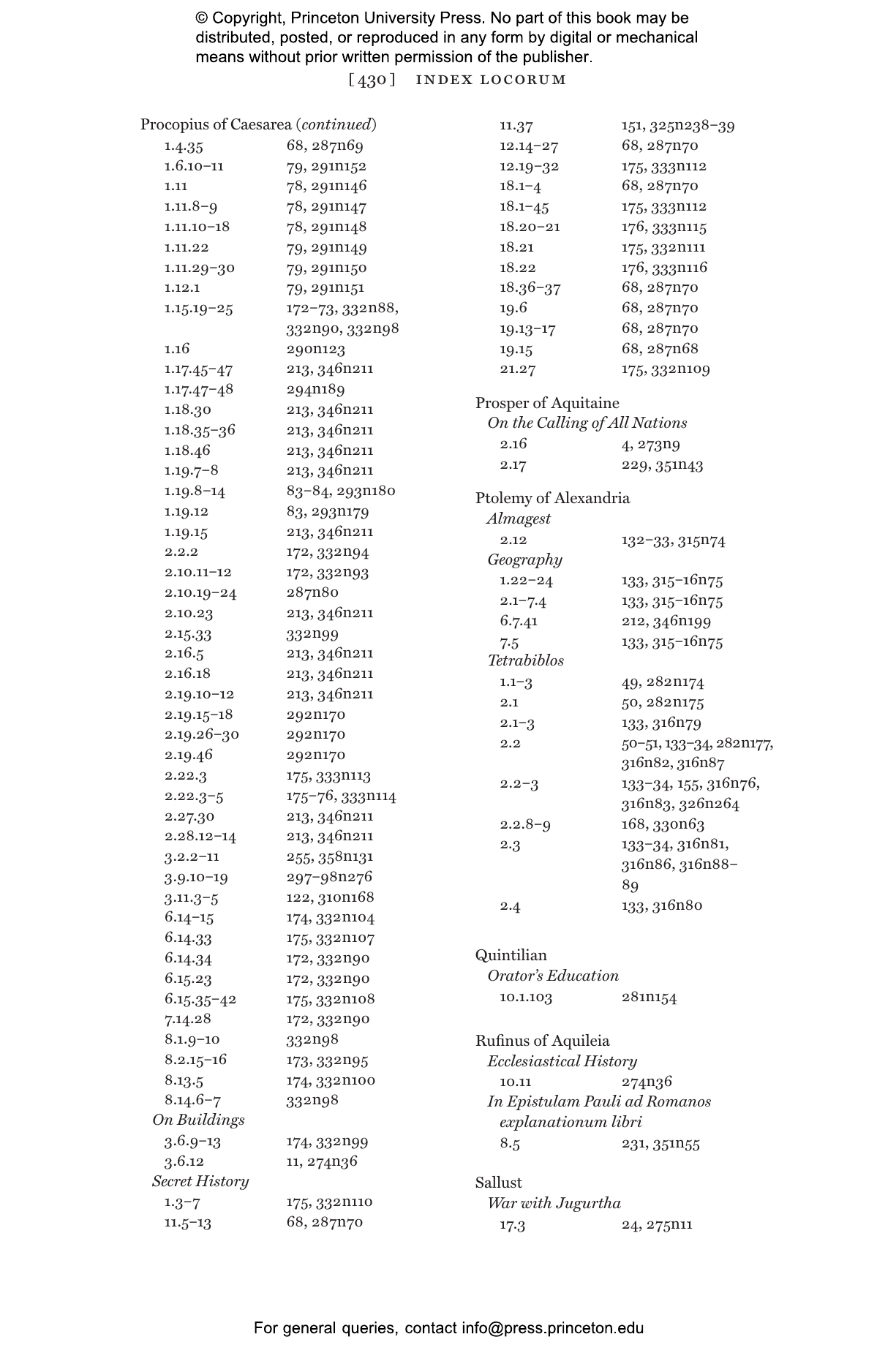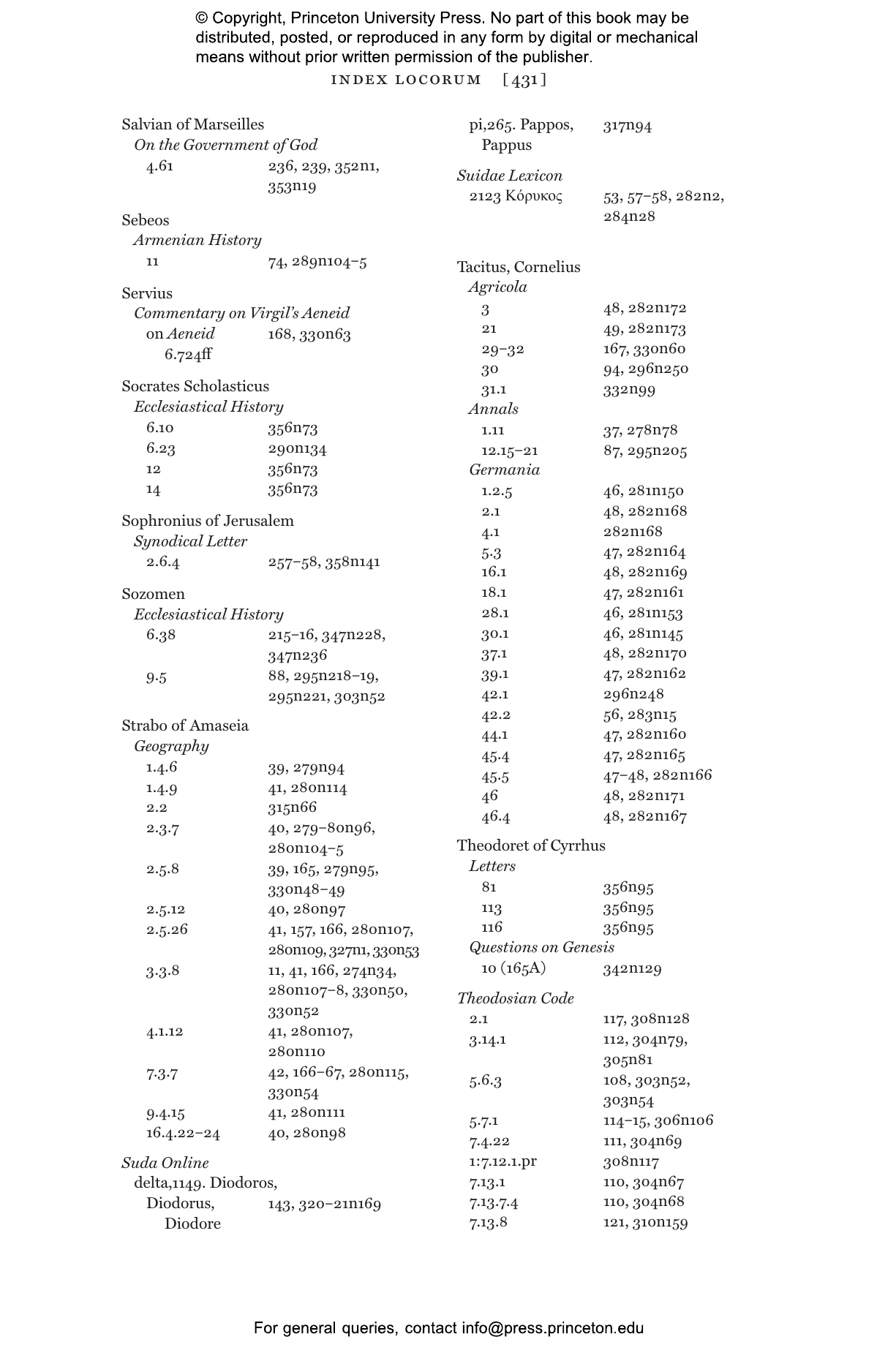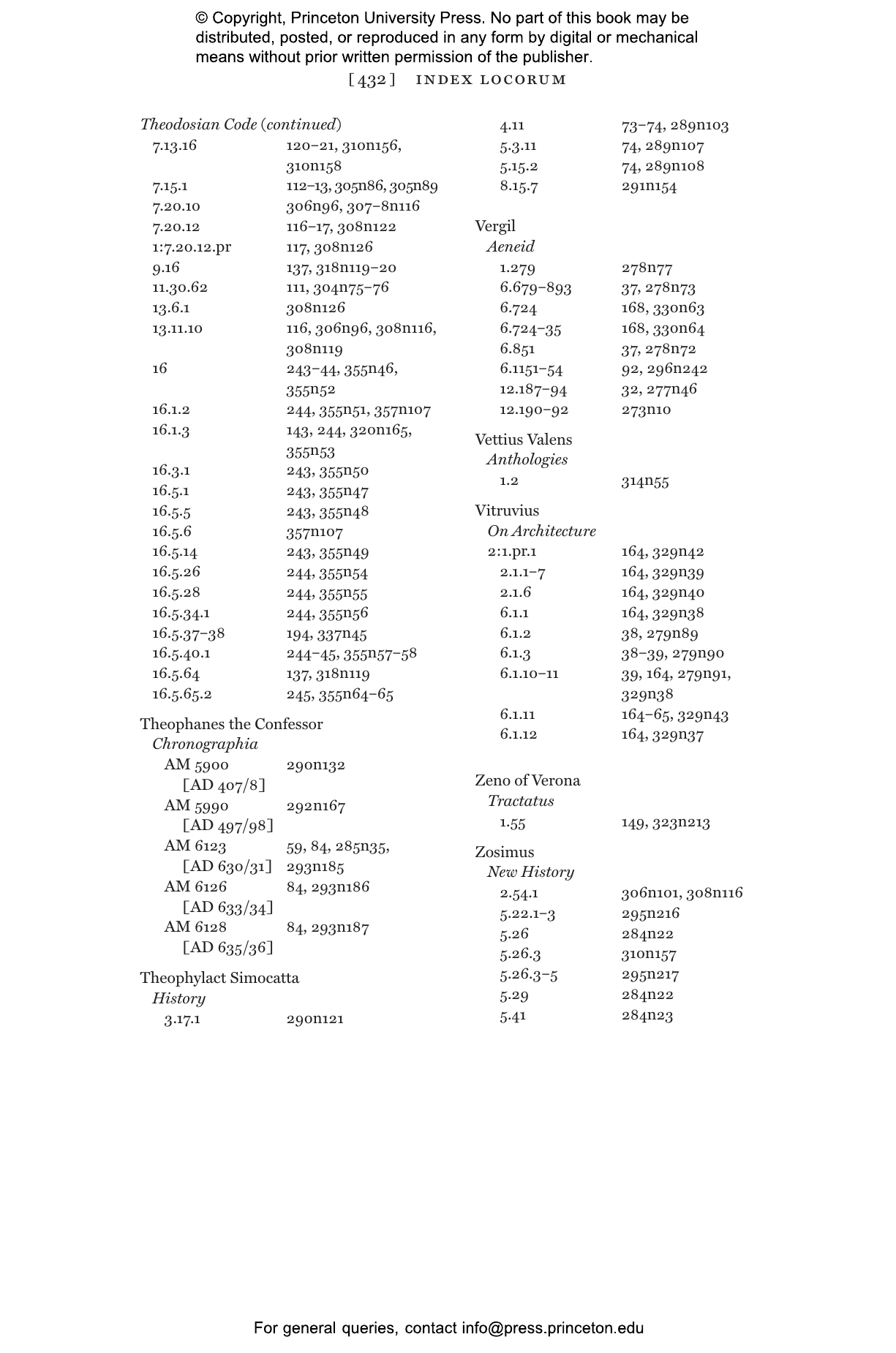Ethnography is indispensable for every empire, as important as armies, tax collectors, or ambassadors. It helps rulers articulate cultural differences, and it lets the inhabitants of the empire, especially those who guide its course, understand themselves in the midst of enemies, allies, and friends. In The Conquerorâs Gift, Michael Maas examines the ethnographic infrastructure of the Roman Empire and the transformation of Romeâs ethnographic vision during Late Antiquity. Drawing on a wide range of texts, Maas shows how the Romansâ ethnographic thought evolved as they attended to the business of ruling an empire on three continents.
Ethnography, the âconquerorâs gift,â gave Romans structured ways of finding a place for foreigners in the imperial worldview and helped justify imperial action affecting them. In Late Antiquity, Christianity revolutionized the imperial ethnographic infrastructure by altering old concepts and introducing credal models of community. The Bible became a source for organizing the Roman world. At the same time, many previously unseen collective identities emerged across Western Eurasia in reaction to the diminution of Roman power. These changes deeply affected the Empireâs ethnographic infrastructure and vision of the world. Maas argues that a major consequence of these developments was the beginning of a sectarian age, as individuals and political communities came to identify themselves primarily in terms of religion as well as ethnicity. As they adjusted to changing ethnographic realities, Romans understood their place among the peoples of the world in new ways. Willingly or not, we continue to be recipients of the conquerorâs gift today.
Michael Maas is the William Gaines Twyman Professor of History at Rice University. His most recent book, Empires and Exchanges in Eurasian Late Antiquity: Rome, China, Iran, and the Steppe, ca. 250–750, edited with Nicola Di Cosmo, won a CHOICE Academic Book of the Year Award.
"A landmark study that synthesizes a vast array of data, this study reveals clearly for the first time details of how the Roman Empire (both East and West) engaged with foreign peoples. The processes of assimilation, exclusion, war and peace, astral and environmental determinism all have resonance with how our world of the 21century is being shaped. This is a book for their time, for our time, for all time."âCliff Cunningham, Sun News Austin
“A wise and deeply learned book, The Conqueror’s Gift describes how the Roman Empire—an immense community of diverse peoples—saw itself, its neighbors, and the strangers in its midst. The story of how a once-unrivaled superpower came to face, in times of headlong political and religious change, an ever more recalcitrant reality is not without relevance to our own times.”—Peter Brown, author of Journeys of the Mind: A Life in History
“The Conqueror’s Gift is a fascinating and rich study of the complex history of Roman ethnography as a product of the dynamic interplay between strategies of exclusion and of inclusion. With great care and impressive command, Michael Maas reconstructs the evolution of the empire’s ethnographic infrastructure by exploring ethnography not as a genre, but as a complex amalgam of cultural, political, and religious practices, all constantly in reproduction. In doing so, he also provides a radical explanation for the enduring appeal of this discourse to later societies and cultures, including our own today.”—Helmut Reimitz, author of History, Frankish Identity and the Framing of Western Ethnicity, 550–850
“This book makes a significant and original scholarly contribution to a vibrant and relatively new field of ancient history. I know of no other work that systematically brings classical Greek texts into dialogue with late antique sources in order to explore how ethnographic discourse was constructed and how it was used in practice, across multiple different spheres.”—Caroline Humfress, University of St Andrews
“Michael Maas’s The Conqueror’s Gift is a very important contribution to the history and historiography of Late Antiquity. Although there are some aspects to it that are familiar in their broad outlines, the combination of this material in a single volume is both unexpected and revelatory.”—Michael Kulikowski, Pennsylvania State University
This publication has been produced to meet accepted Accessibility standards and contains various accessibility features including concise image descriptions, a table of contents, a page list to navigate to pages corresponding to the print source version, and elements such as headings for structured navigation. Appearance of the text and page layout can be modified according to the capabilities of the reading system.
Accessibility Features
-
WCAG v2.2
-
WCAG level AA
-
Table of contents navigation
-
Single logical reading order
-
Short alternative textual descriptions
-
Print-equivalent page numbering
-
Landmark navigation
-
Index navigation
-
Epub Accessibility Specification 1.1
-
ARIA roles provided
-
All non-decorative content supports reading without sight
-
No known hazards or warnings


